7th Swiss Sculpture Exhibition Biel
Presentation
7th Swiss Sculpture Exhibition Biel, 1980
31st May - 24th August
film: Jürg Egli and Urs Küng — www.analyze.ch
Foreword
Robert Aeschbacher
After a hiatus of five years Biel is about to realise its 7th Swiss Sculpture Exhibition (SPA). The
greatest federal presentation of sculptural and spatial arts has become an unmissable institution that may well lay claim to tradition.
Tradition obliges. The obligation involves the general public and artists, the work of art and its viewers. Everyone is called upon to realise their unique part in the total work even if weights seem to shift to one side. Because any kind of art follows its own laws, its creation requires not only complete autonomy, but also public sponsorship, as well as freedom in self-reliance and societal support. Only in this way can it unfold completely, and will return what it has been granted.
"Art is dead." – "Long live anti-art." Just recently, this kind of slogan shouted down from the walls of the most highly renowned art institutions while the art presented inside wished to be taken quite seriously. Art and works of art are specifically human achievements, art having existed as long as mankind. That art should be harnessed to all sorts of carts, some of them of a dubious nature, and that art should speak to us in many diverse idioms is both human and legitimate. Never, though, does art relieve its creator, the artist, from striving for honesty and searching for truthfulness. Beyond technique and craftsmanship, the work of art, should be the expression of a human and social achievement and an interpersonal relationship. Communication, then. Only thus can art become the force we need, the stimulant, the compass pointing to many familiar and new destinations.
The 7th Sculpture Exhibition would also like to serve such communication and mediate between two poles – between the artist and the visitor; the work of art and the person asking questions; between those who give and those who ask to be given. Not the least of its aims is to involve those who tend to remain outside this process. It is to reveal ways of perception and make accessible that which has been unconscious. The show intends to achieve a mission which – if it is successful – is a thanks-giving as well: to the city of Biel for support in terms of personnel, materials, funding, organisation and administration; to the cantonal and federal authorities for their continued support; to the many generous private sponsors; to the exhibition directors Maurice Ziegler and Alain Tschumi and their numerous staff; to the artists, whose commitment and work may be crowned by this event.
Robert Aeschbacher
Translation from german © Margret Powell-Joss
-
Microcosme New York III, De Montaigu Charles, expo 1980
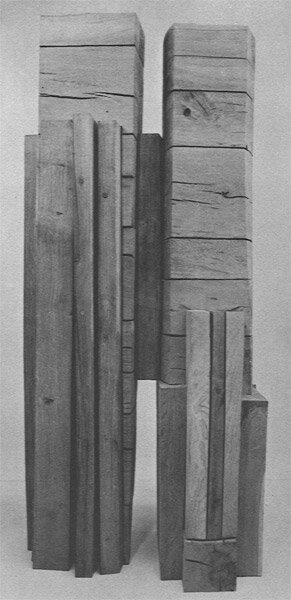
-
Komposition, Teucher Otto, expo 1980
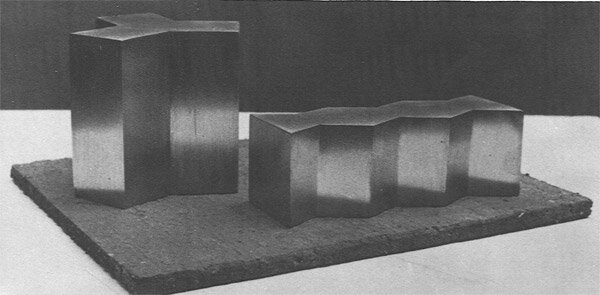
-
Figur I, Aeschbacher Hans, expo 1980
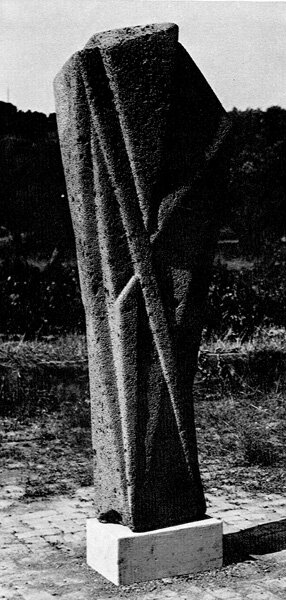
-
Baum und Welt, Aeberli Matthias, expo 1980
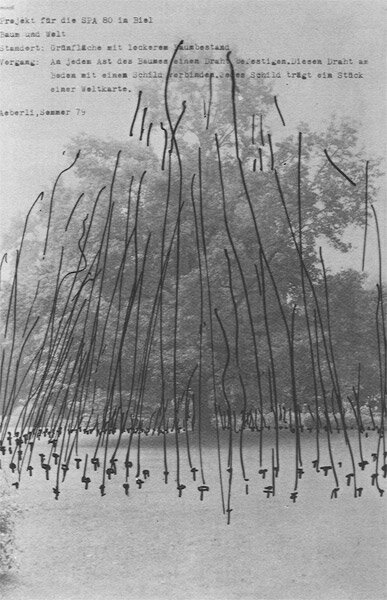
-
Arbre, Candolfi Serge, expo 1980
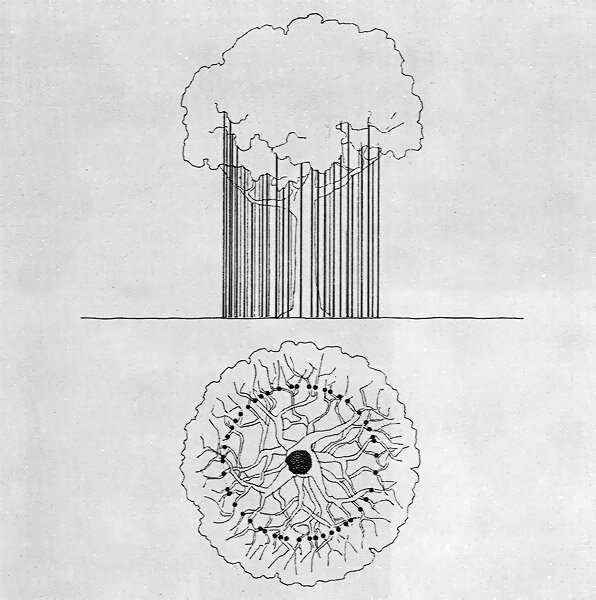
-
Flugkörper, Pedretti Erica, expo 1980
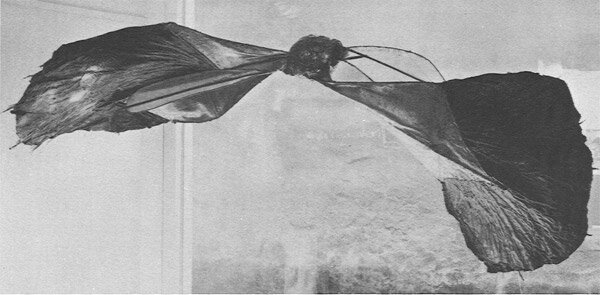
-
Stahl-Konstruktion XIIX, Altherr Jürg, expo 1980
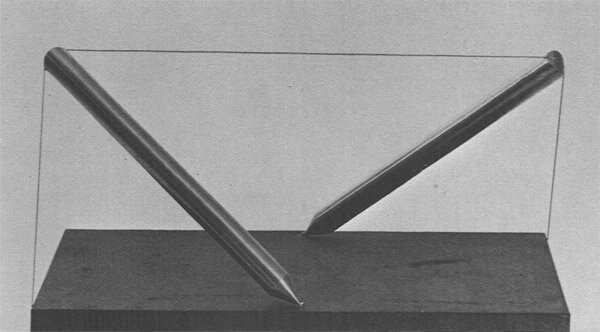
-
Rutschbahn, Weber Bruno, expo 1980
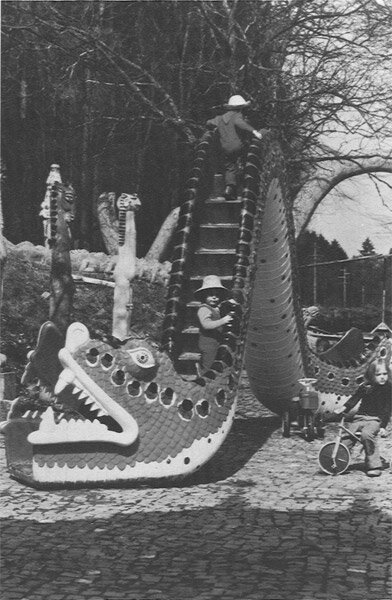
-
Seelenführer Anubis, Conne Louis, expo 1980
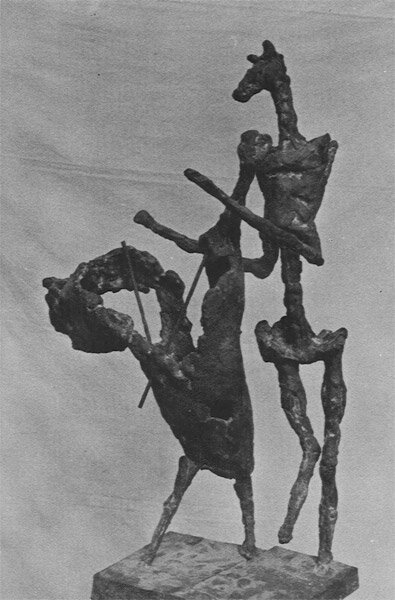
-
Sculpture 76 J, Wiggli Oskar, expo 1980
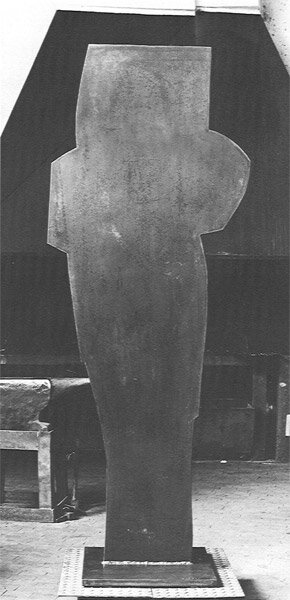
-
Feuer, Wiedmer Paul, expo 1980
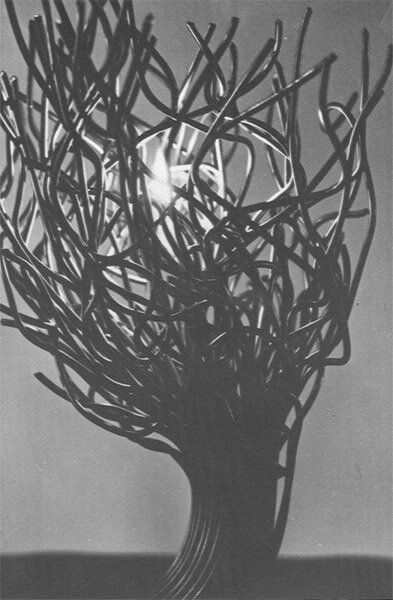
-
79/30, Mauboulès Jean, expo 1980
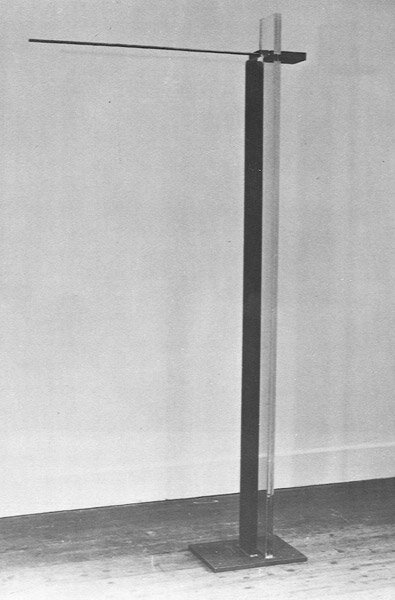
-
La Perception visuelle en tant qu’art, Fischer Walter, expo 1980
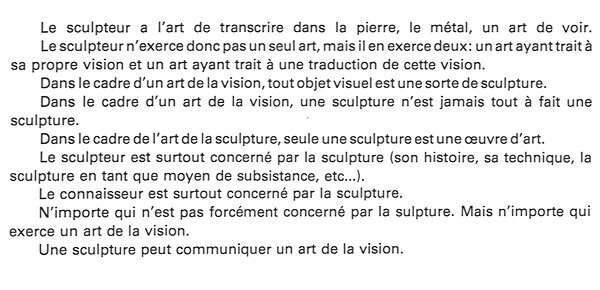
-
Aktionsplastik, Lüchinger Roland, expo 1980
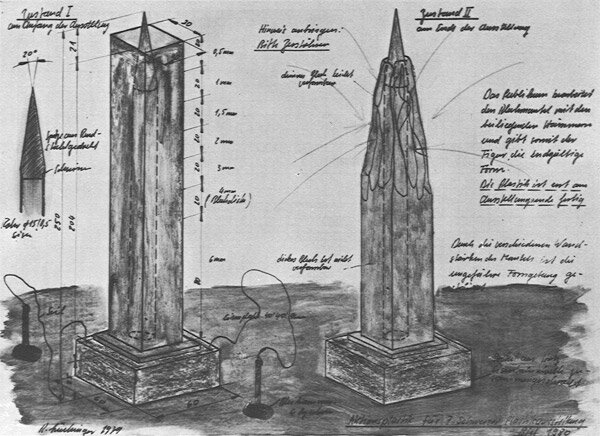
-
Lächelnd sah er aufs Meer hinaus, Meier Dieter, expo 1980
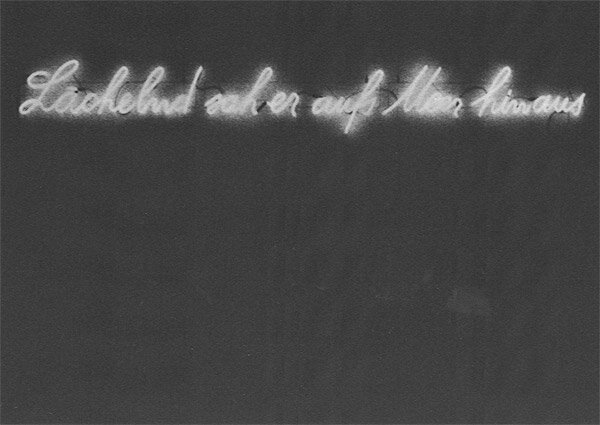
-
Liber, Werro Roland, expo 1980
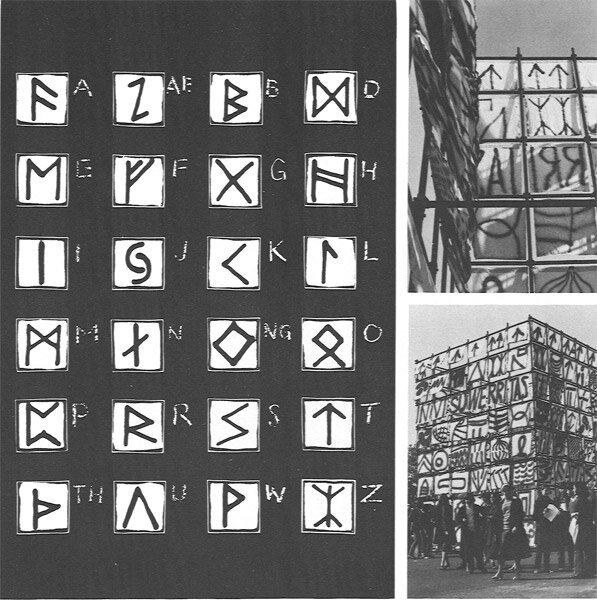
-
Grab, Brodwolf Jürgen, expo 1980
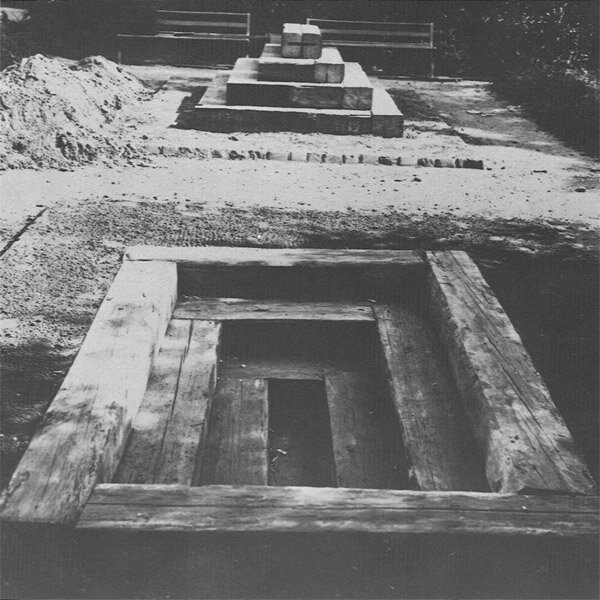
-
5 Bielerrugel, Benazzi Raffael, expo 1980
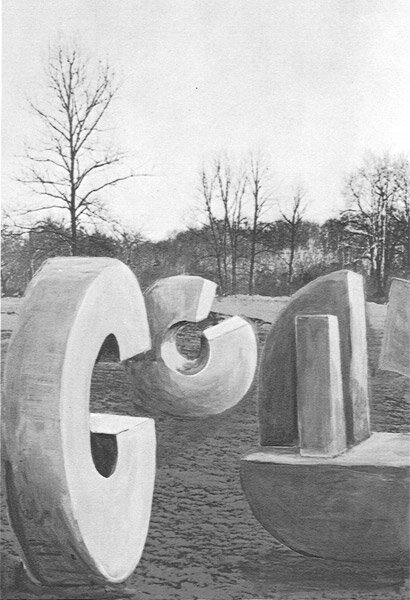
-
Licht – Bild – Raum, Fricker Hansruedi, expo 1980
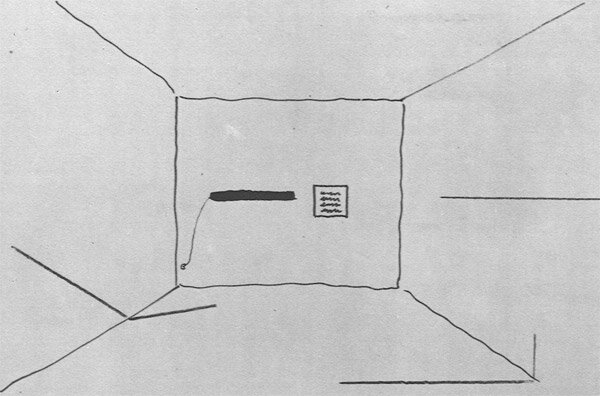
-
Komposition, Teucher Otto, expo 1980

-
Don Quichotte III, Zeller André-Paul, expo 1980

-
Espace Nord-Sud, Fontana Dominique, expo 1980
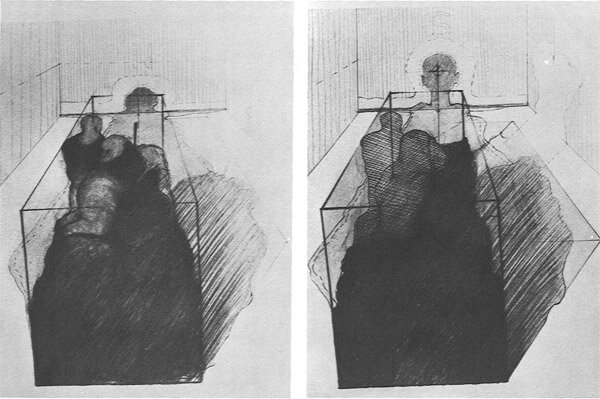
-
Vertschaupet, Hutter Schang, expo 1980

-
F. Y 3 – 1976, Bolomey Roger, expo 1980
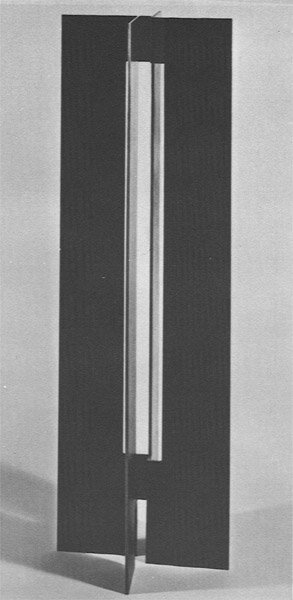
-
PARADISE LOST, Siegenthaler Albert, expo 1980
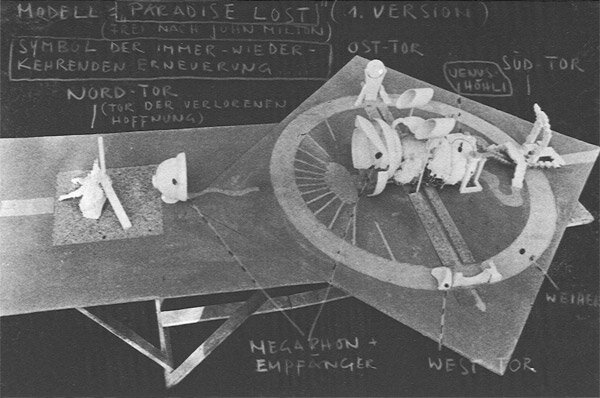
-
Modell für eine Plastik, Megert Christian, expo 1980
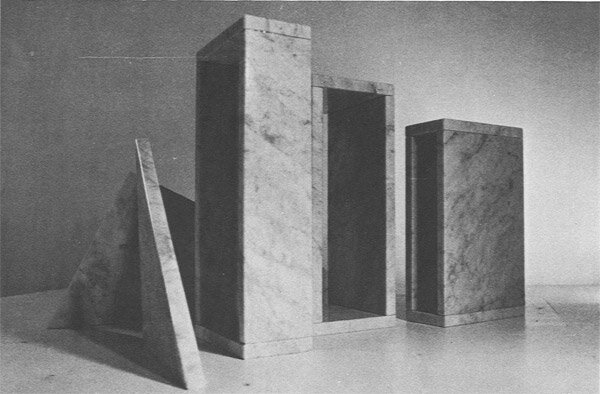
-
Autoportrait, Berthoud Francis, expo 1980
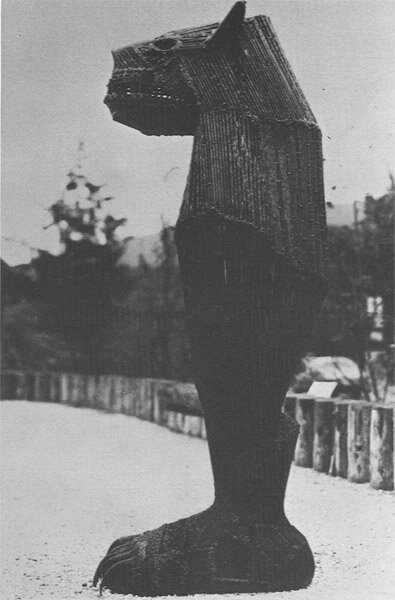
-
Wiesenfloss (3 Aufnahmen), Stocker Norbert, expo 1980

-
Sculpture 77 D, Wiggli Oskar, expo 1980
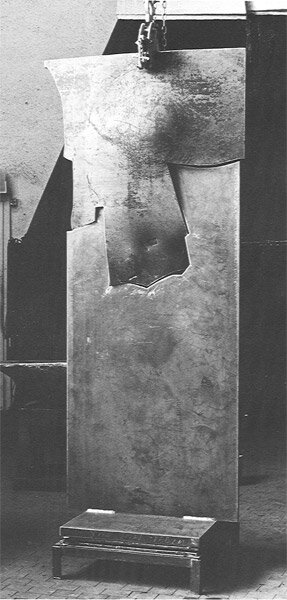
-
Sans titre, Bonnot François, expo 1980
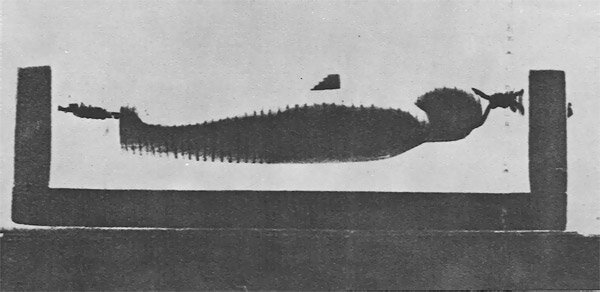
-
Pavillonskulptur aus 6 Rundhölzern, Bill Max, expo 1980

-
See Stück, Ruenzi Fritz, expo 1980
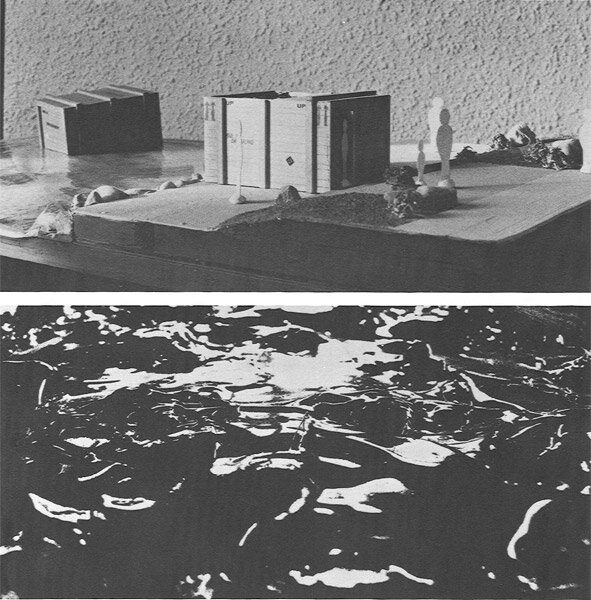
-
Environnement mit Performance, Gfeller Reinhard, expo 1980
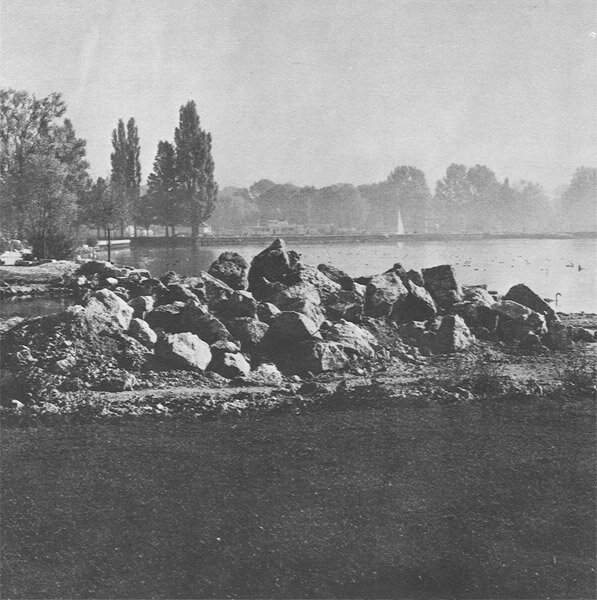
-
La concièrge, Polliand Daniel, expo 1980

-
E 1 P, Duarte Angel, expo 1980
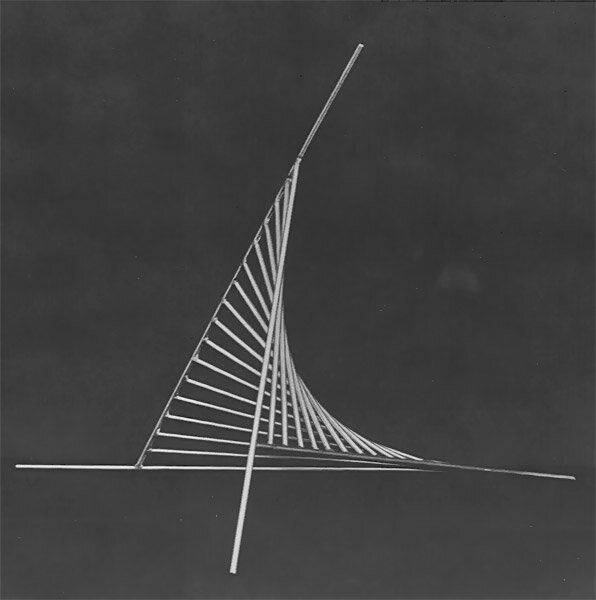
-
Sans titre, Bonnot François, expo 1980
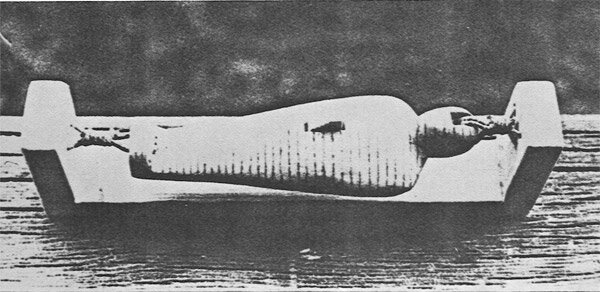
-
Rasterteppich, Bauer Heiner, expo 1980
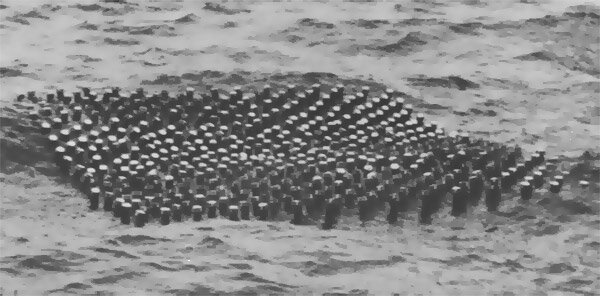
-
Wasserspiel 37, Fontana Annemie, expo 1980
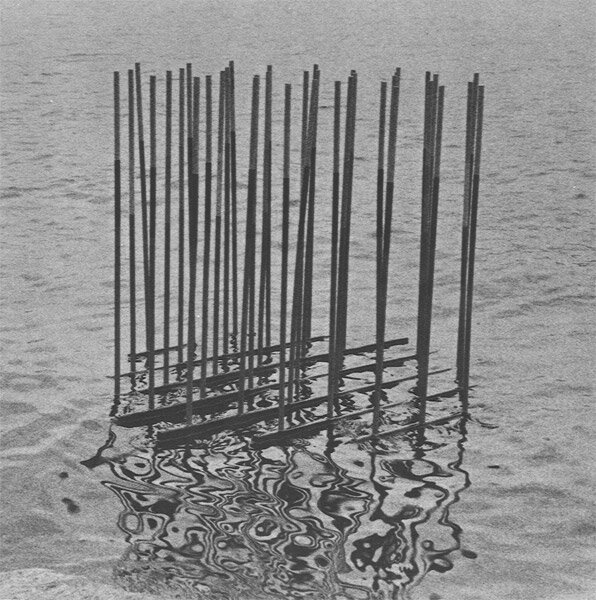
-
La fleur du mal, Gerstner Karl, expo 1980
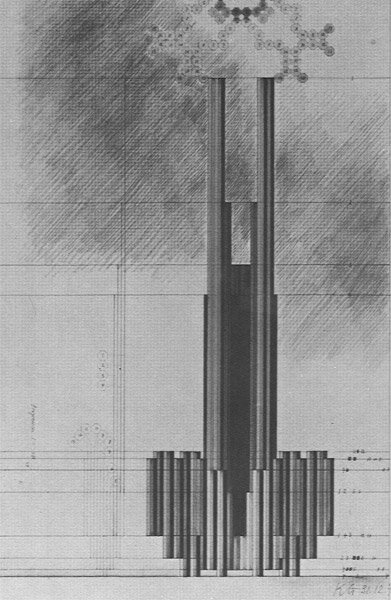
-
Stille Stelle, Fischli Hans, expo 1980
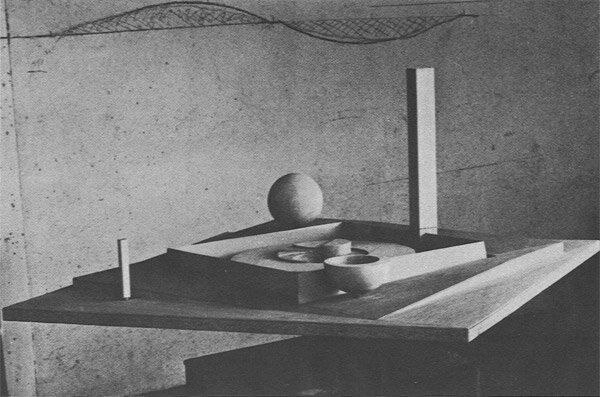
-
Annabello, Kohlbrenner Beat, expo 1980
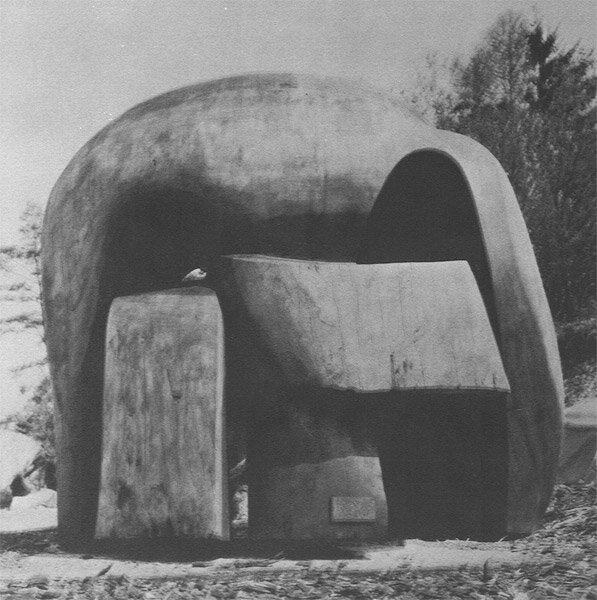
-
F. Y. 26 – 1979, Bolomey Roger, expo 1980
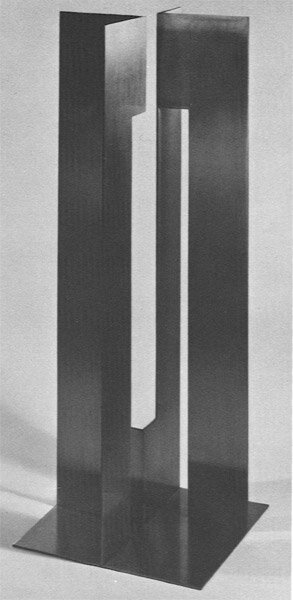
-
Elch, Weiss Max, expo 1980
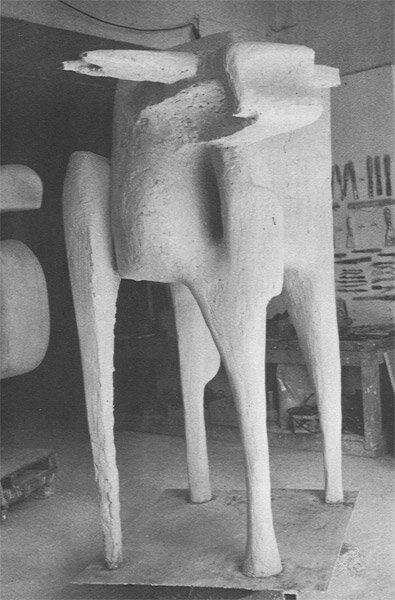
-
Diagonale Faltung, Staub Josef, expo 1980
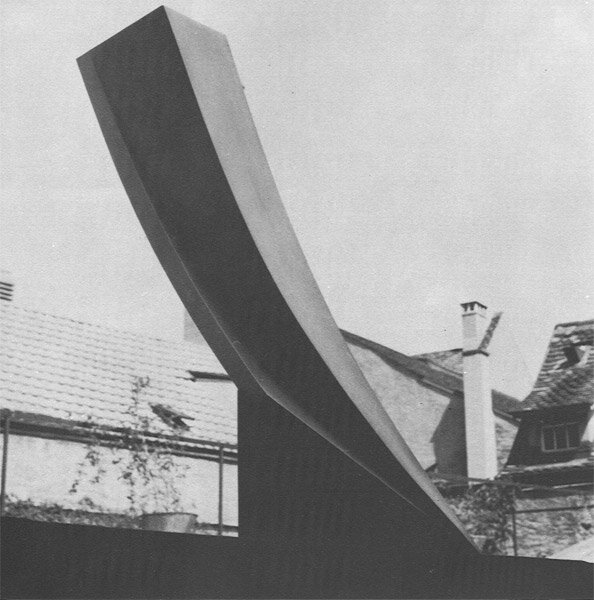
-
Objekt II, Streiff Matthias, expo 1980
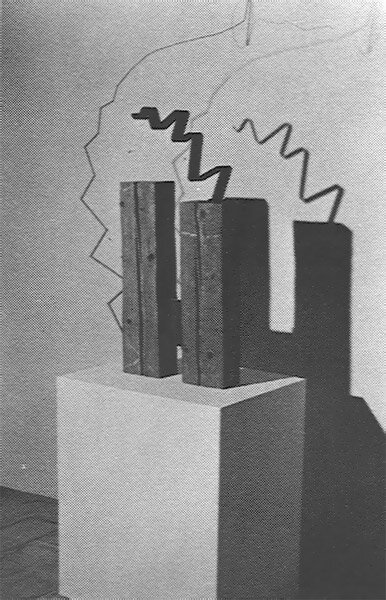
-
Profil eines Fluges, Egloff Anton, expo 1980
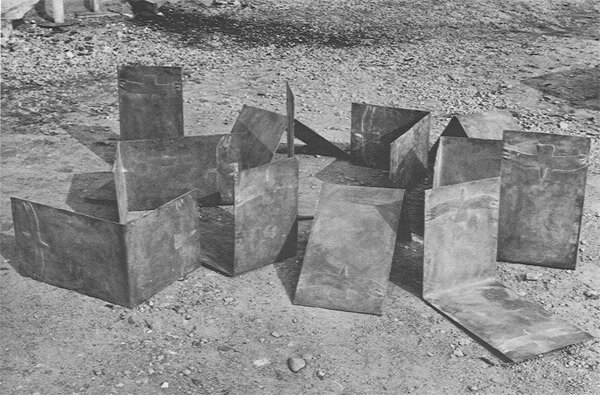
-
Boden – Raum – Schnittpunkt I, Haldemann Walter, expo 1980
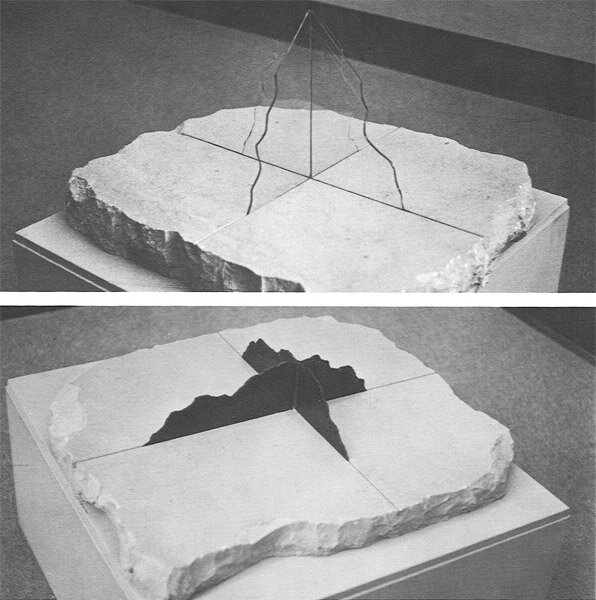
-
Totenschlitten, Sigrist Kurt, expo 1980
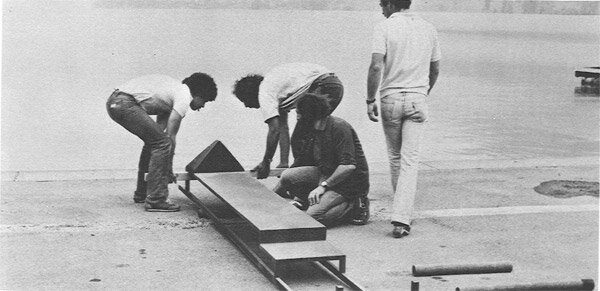
-
Objekt III, Streiff Matthias, expo 1980
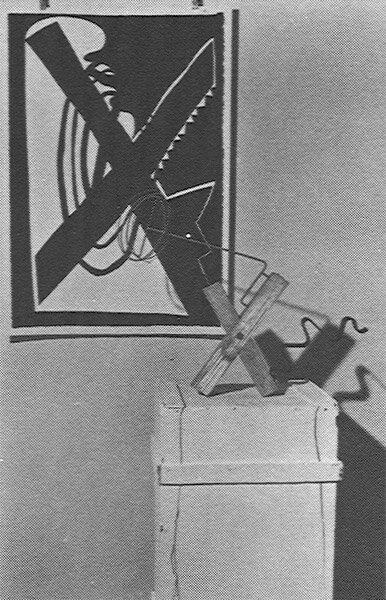
-
9/78, Niederer Heinz, expo 1980
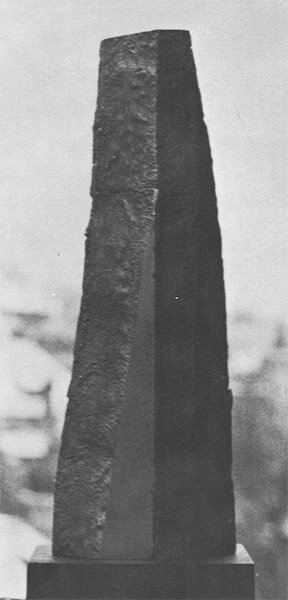
-
Microcosme New York IV B, De Montaigu Charles, expo 1980
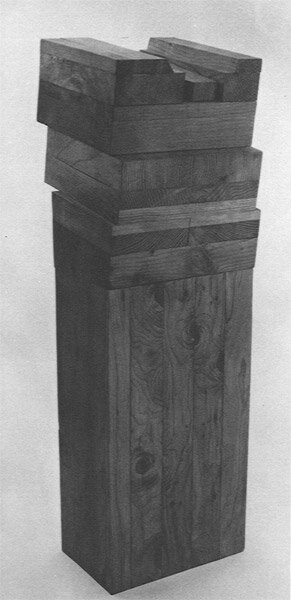
-
Ohne Titel, Raboud André, expo 1980

-
Projekt Zeitraum, Sigrist Kurt, expo 1980
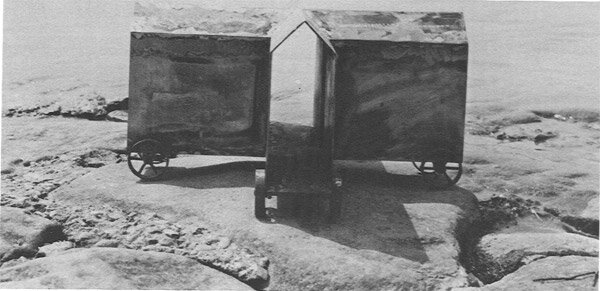
-
Venus Asylstrasse 21, Aeschbacher Hans, expo 1980
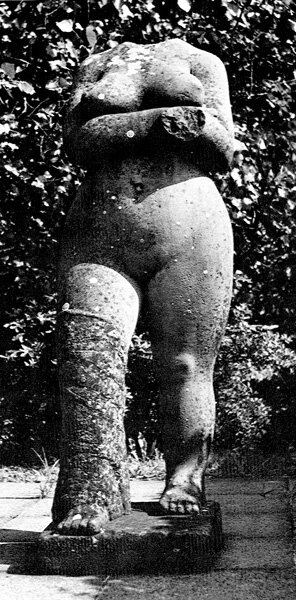
-
Rencontre XXX, Torres Manuel, expo 1980
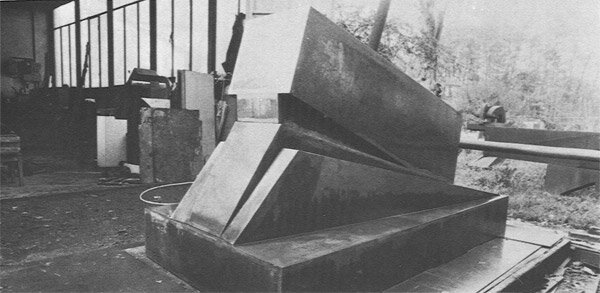
-
PARADISE LOST, Siegenthaler Albert, expo 1980
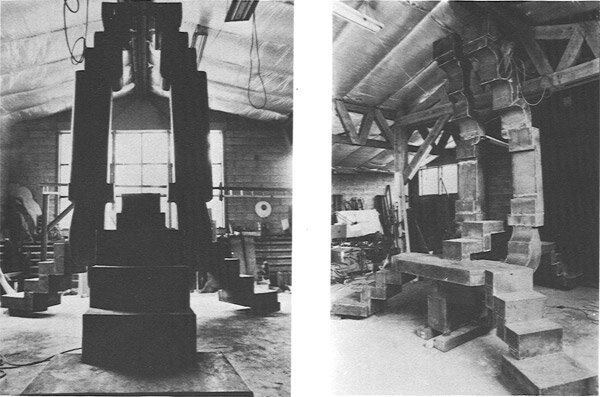
-
Fils, Winteler Anna, expo 1980
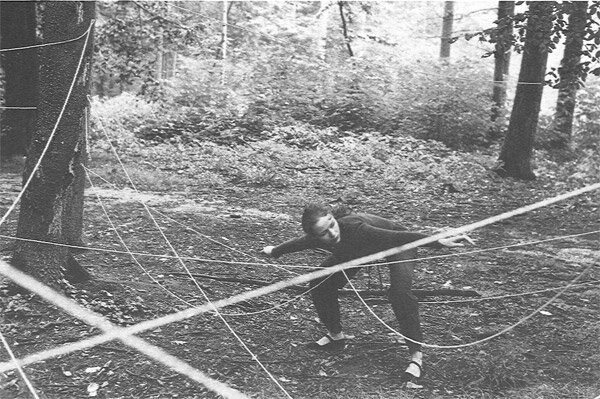
-
Fût no 793, Delieutraz Edouard, expo 1980

-
Ein Schatten zwischen Sein und Schein, Schwarz Martin, expo 1980
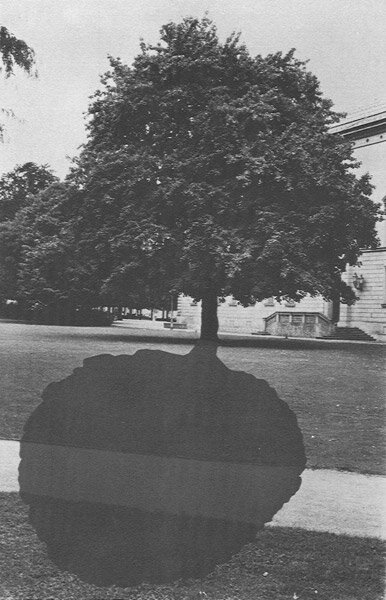
-
Figure debout, Ferrario Aldo, expo 1980
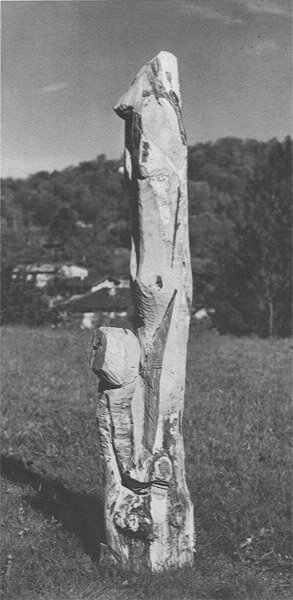
-
Eisenplastik geschmiedet, Odermatt Josef Maria, expo 1980
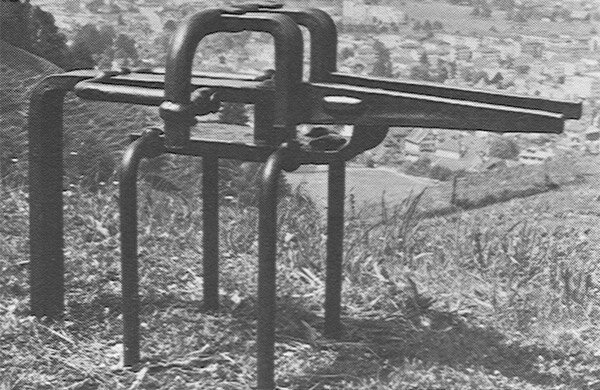
-
Nombre 58 = Esther, Hess Esther, expo 1980

-
Entwicklungsreihe (6 Steine), Grunder Mariann, expo 1980
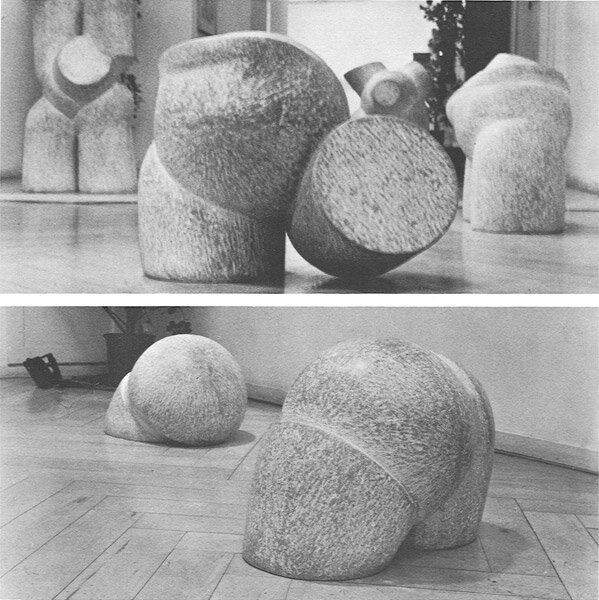
-
Sky-Lab II: ein Environnement, Etcetera Ateliergemeinschaft, expo 1980

-
Figur II, Aeschbacher Hans, expo 1980
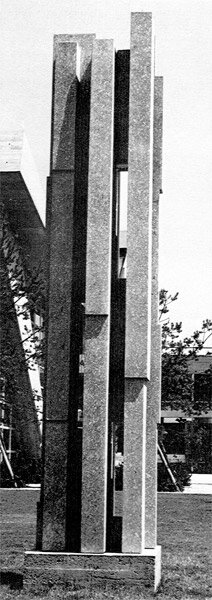
-
Reflexion über die Gegen-Stände, Grossert Michaël, expo 1980
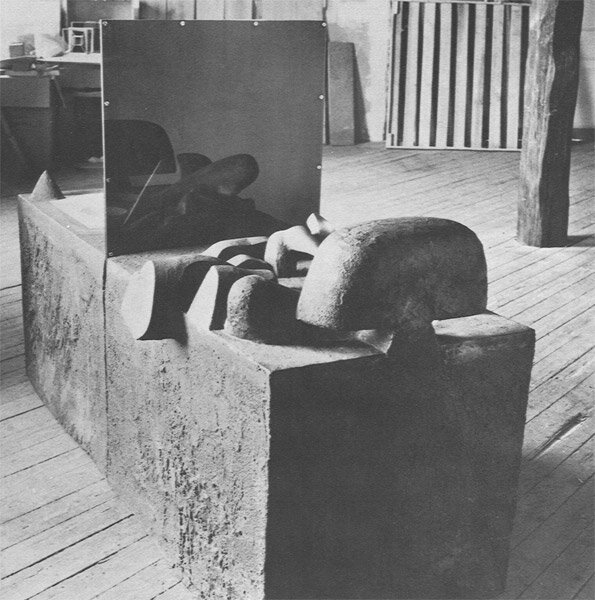
-
Venus de Six-Fours, Aeschbacher Hans, expo 1980
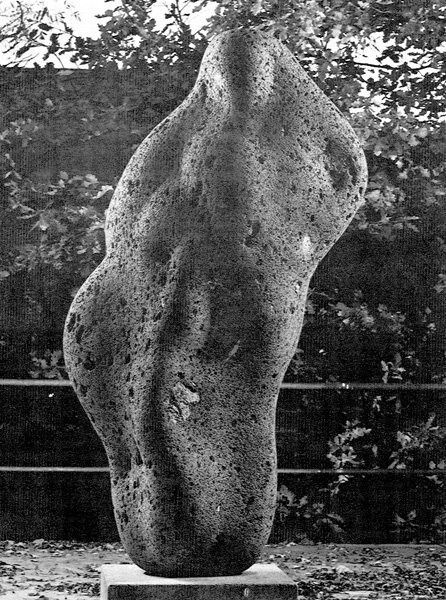
-
Zeichen, Büchi René, expo 1980
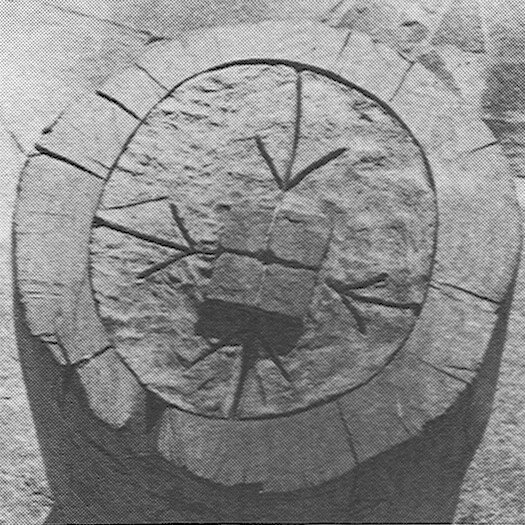
-
Der leere Raum, Blättler Rudolf, expo 1980
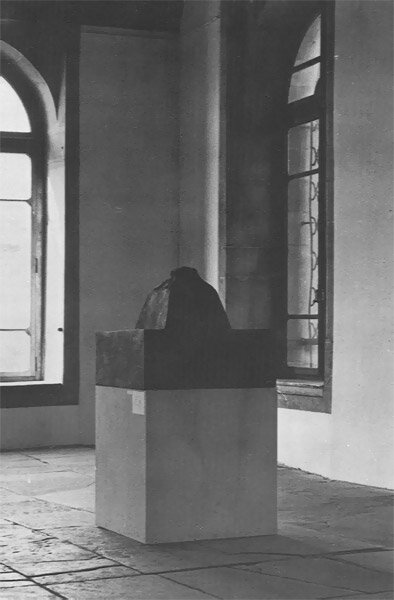
-
Werk Nr. 04.07.79 B. 1979, Mattes Rudolf, expo 1980
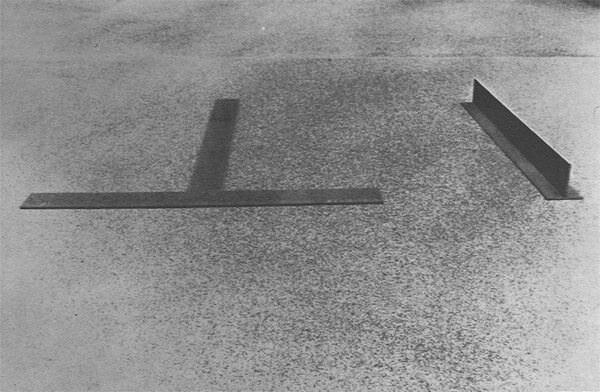
-
Kardinal, Luginbühl Bernhard, expo 1980
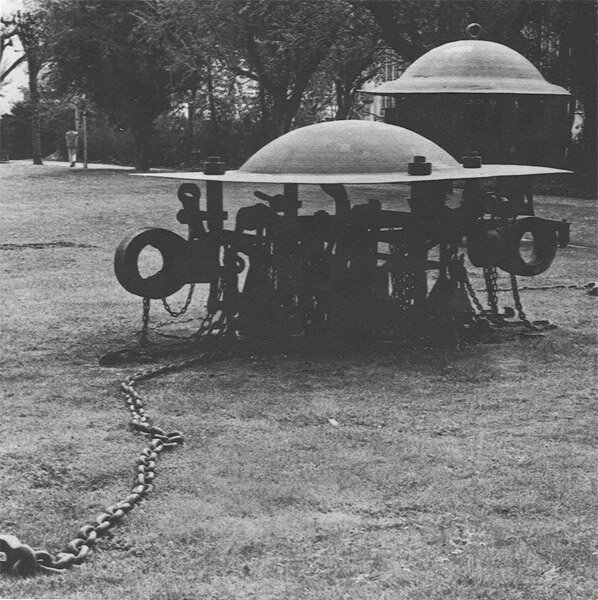
-
Fanfan II, Schwarz Heinz, expo 1980
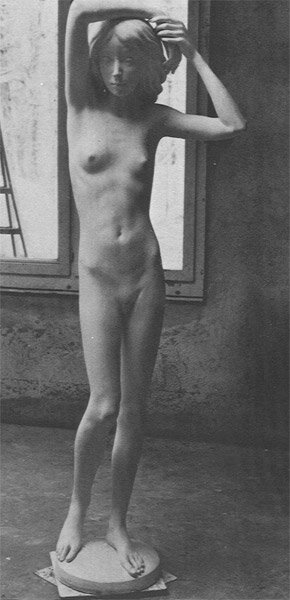
-
Allee, Häckel Wolfgang, expo 1980

-
Mondaffe, Eggenschwiler Franz, expo 1980
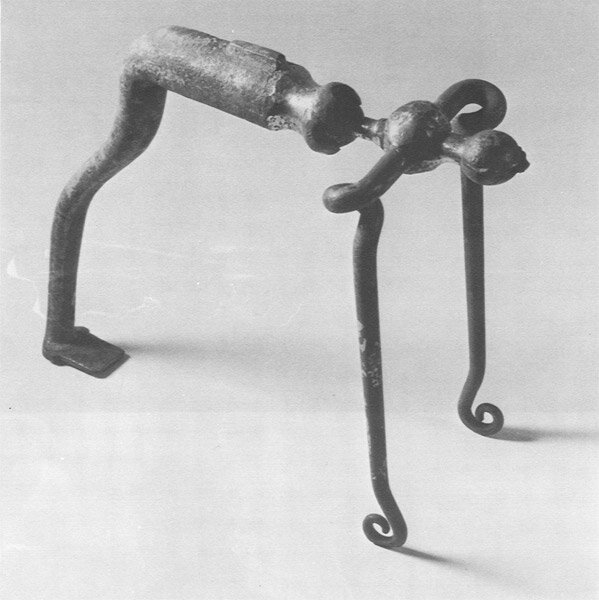
-
Figur III, Aeschbacher Hans, expo 1980
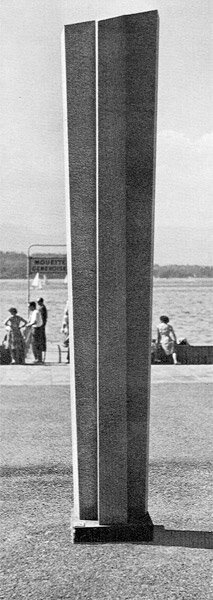
-
Chromstahl, Talman Paul, expo 1980

-
JURA, Berger Ueli, expo 1980
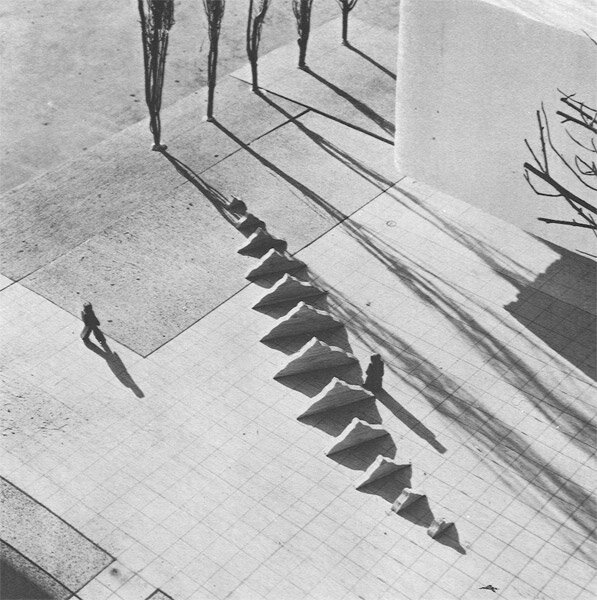
-
Arbeit III, Baviera Michael, expo 1980
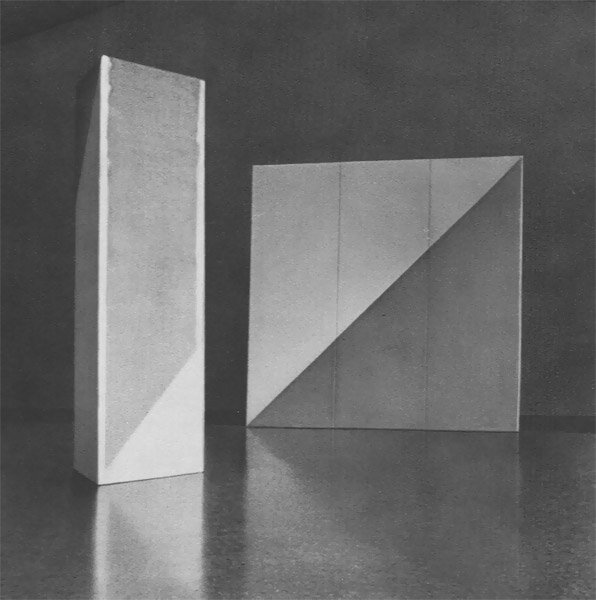
-
Entelechie 1 + 2, Stocker Ludwig, expo 1980
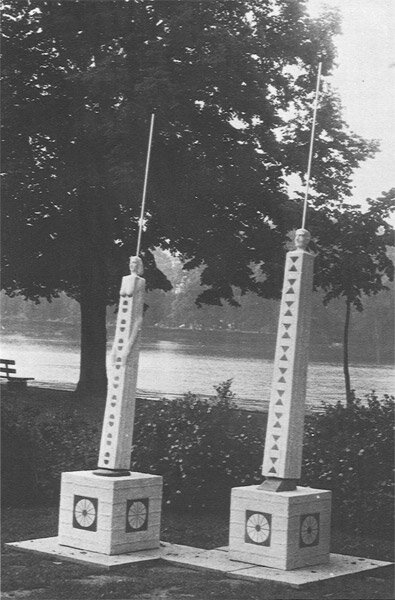
-
Paravent, Suter Hugo, expo 1980
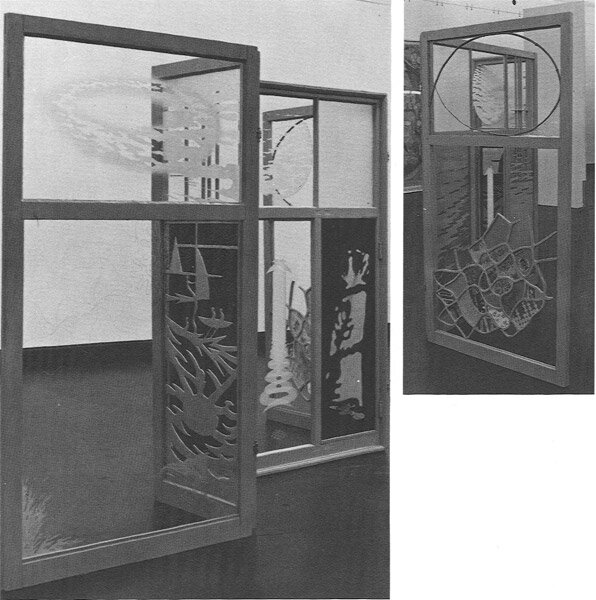
-
Licht/Schatten Objekte, Nyffenegger Samuel, expo 1980
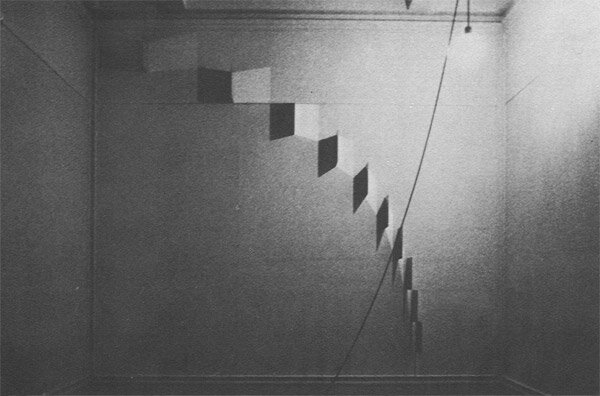
-
Video blind piece, Minkoff Gérald, expo 1980

-
Vitrine mit 10 Zinkblechmodellen, Burger Walter, expo 1980
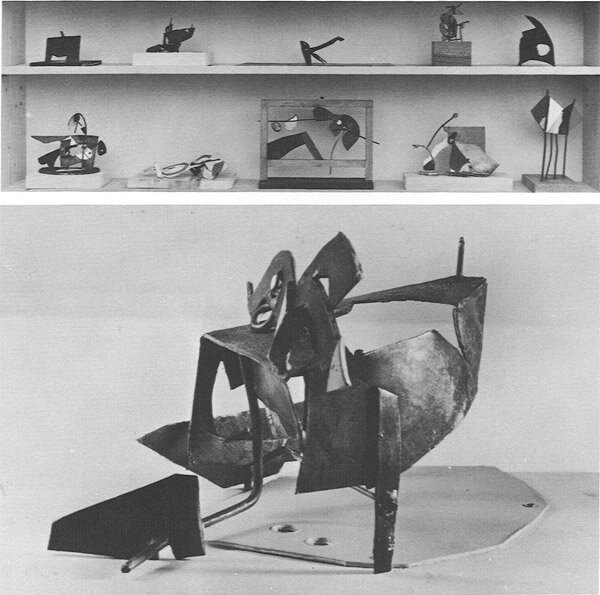
-
Scheiterhaufen, Hächler Peter, expo 1980
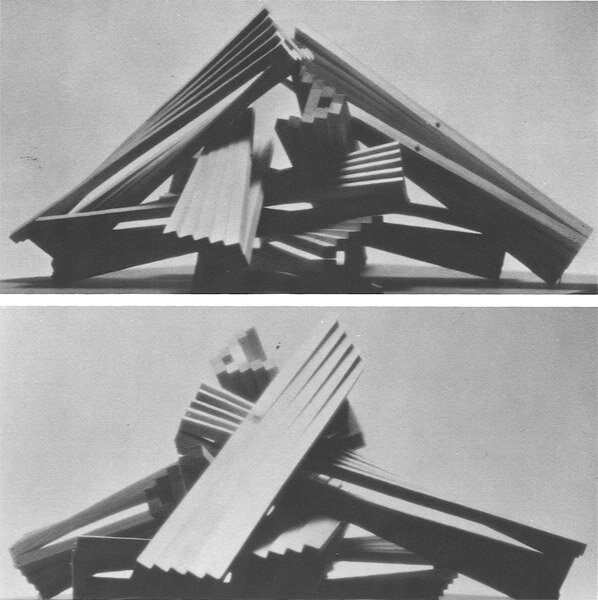
-
Déméter, Perrin Fred, expo 1980
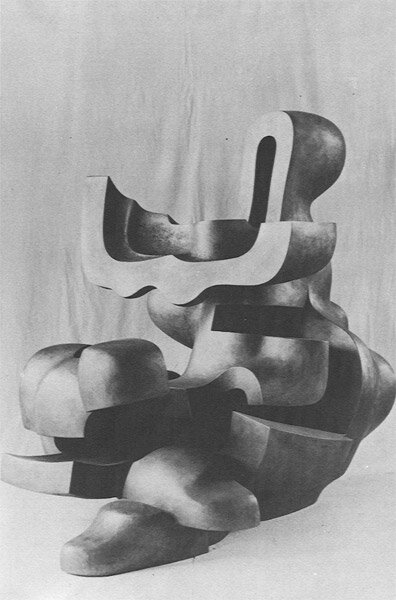
-
Homo-Sapiens, Hotz Roland, expo 1980
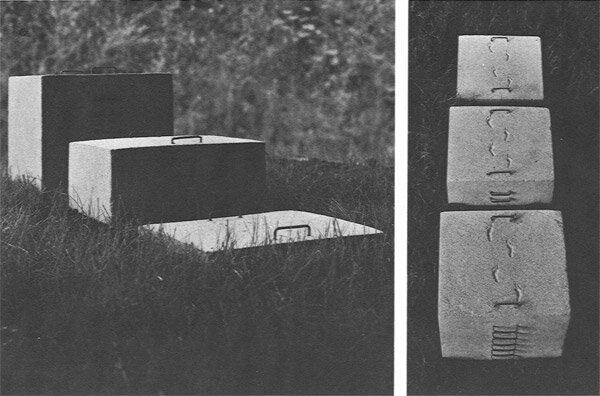
-
L’Uomo nel Tempo, Paolucci Flavio, expo 1980

-
Kreis-Stele I, Engler Jakob, expo 1980
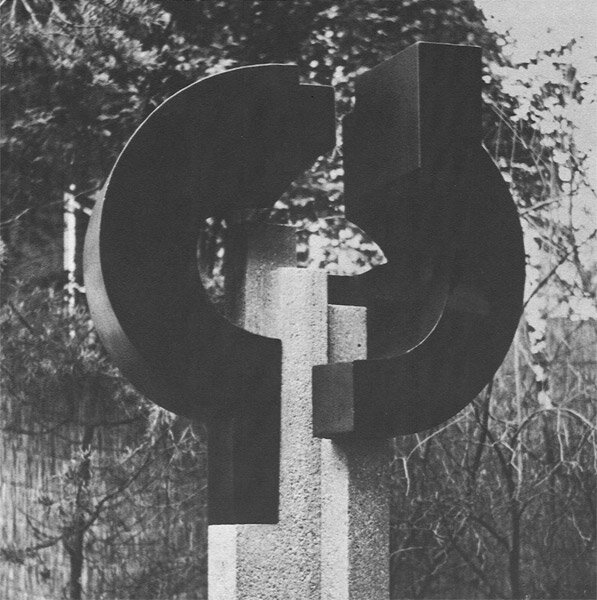
-
Teatraedre, Ischi Pierre, expo 1980
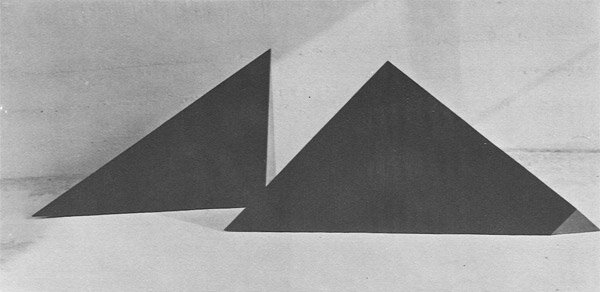
-
Baalbek, Bucher Carl, expo 1980
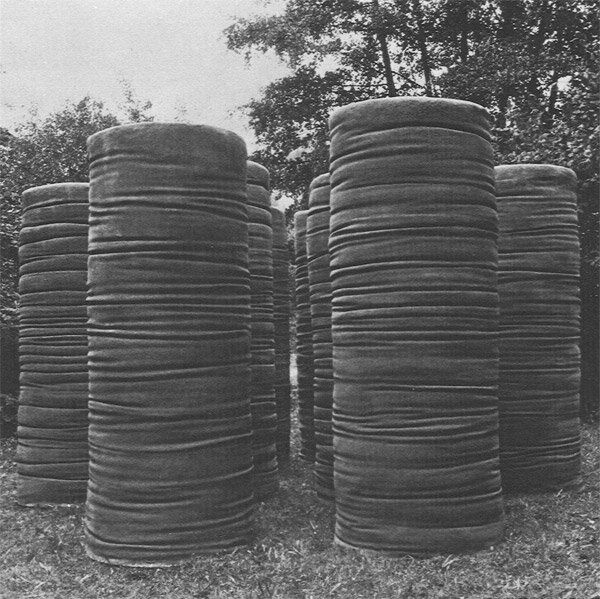
-
Ouverture sur rencontre, Torres Manuel, expo 1980
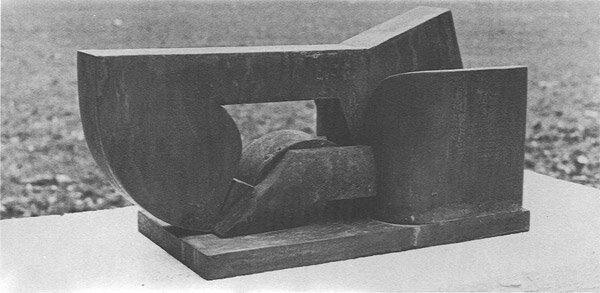
-
Fig. XIX A, Presset Henri, expo 1980

-
Die Weisen, Weber Bruno, expo 1980

-
Poetree, Buchwalder Ernst, expo 1980
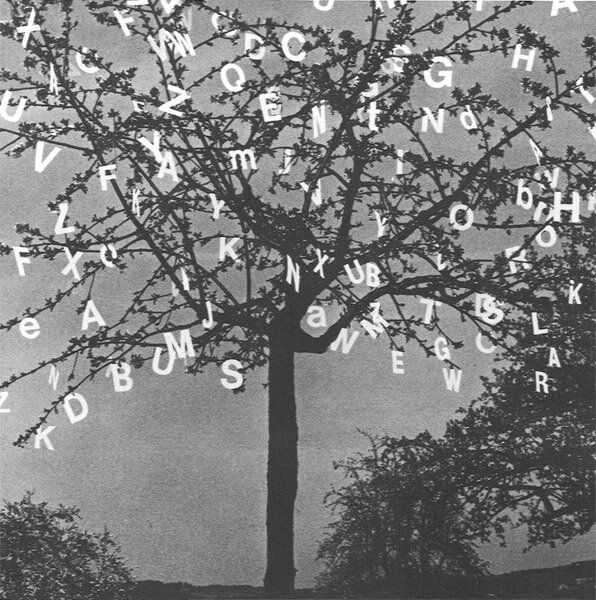
-
Olymp, Metzler Kurt Laurenz, expo 1980
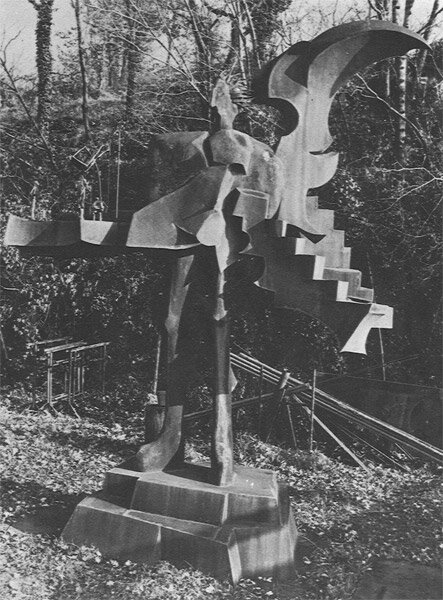
-
10/78, Niederer Heinz, expo 1980
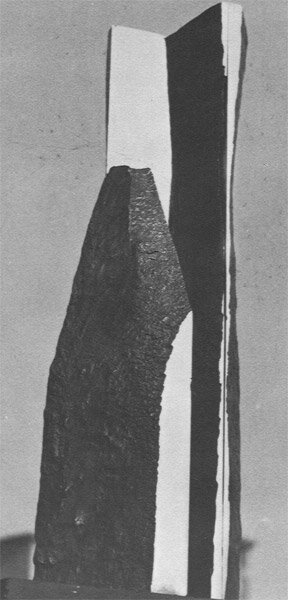
-
Marmor-Block, Meister Peter, expo 1980
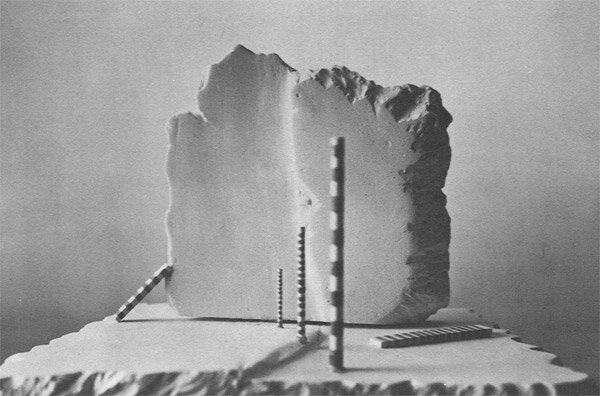
-
Biel Luminis, Fucktory Biel, expo 1980
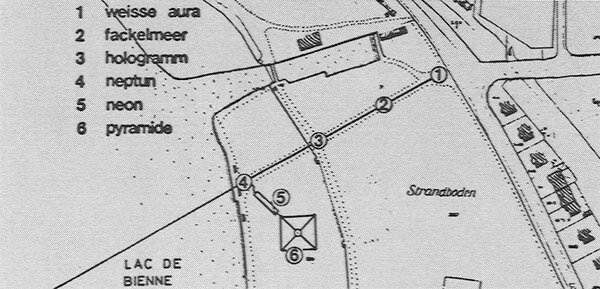
-
Der Papalagi, Seibt Dieter, expo 1980

-
Figur I, Aeschbacher Hans, expo 1980
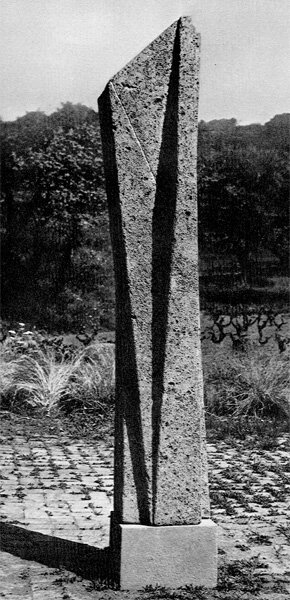
-
Schiff, Sigrist Richard, expo 1980

-
„Laa mi nöd gheiä“, Arbi (Bechtler Ruedi), expo 1980
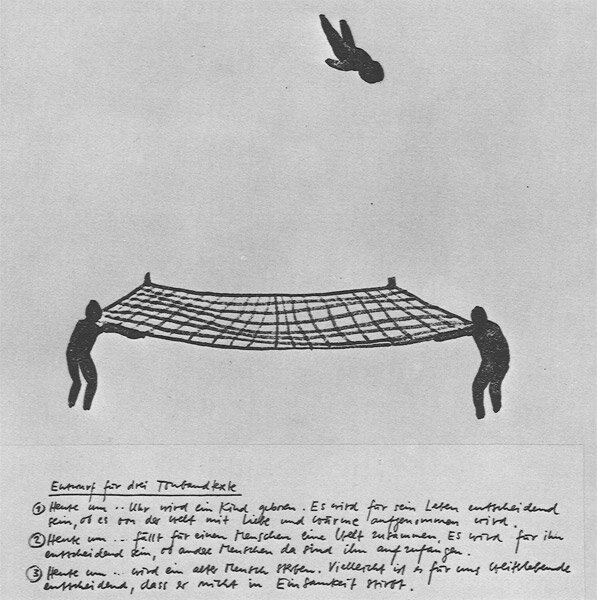
-
L’Ile aux oiseaux, Camesi Gianfredo, expo 1980
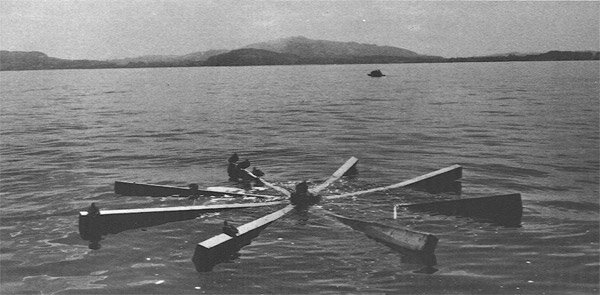
-
Die Baumfee und ihre Tänzerin, Balmer Hans, expo 1980
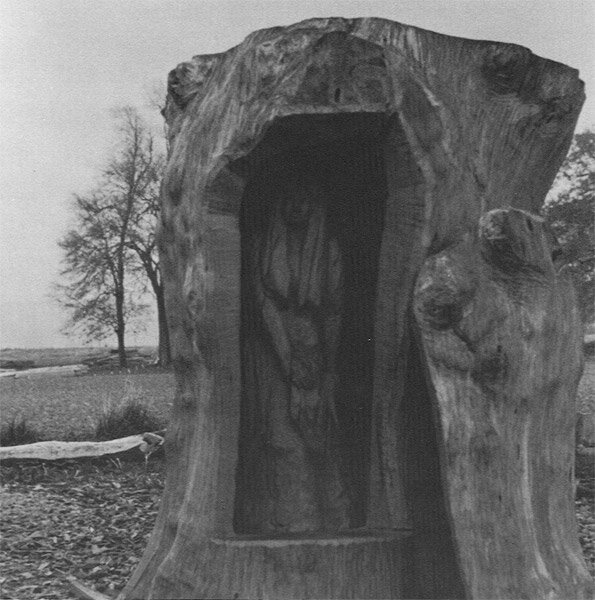
-
Poisson femme, Polliand Daniel, expo 1980

-
Agression, Mariotti Yves, expo 1980
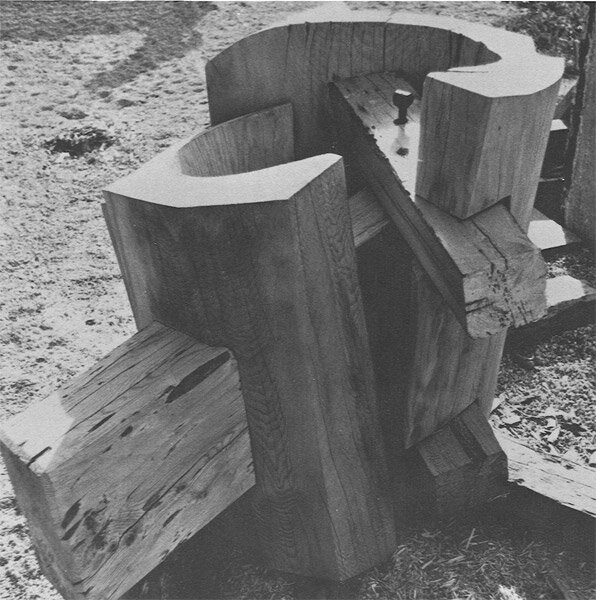
-
Elément en 3 pièces, Emile Angéloz, expo 1980
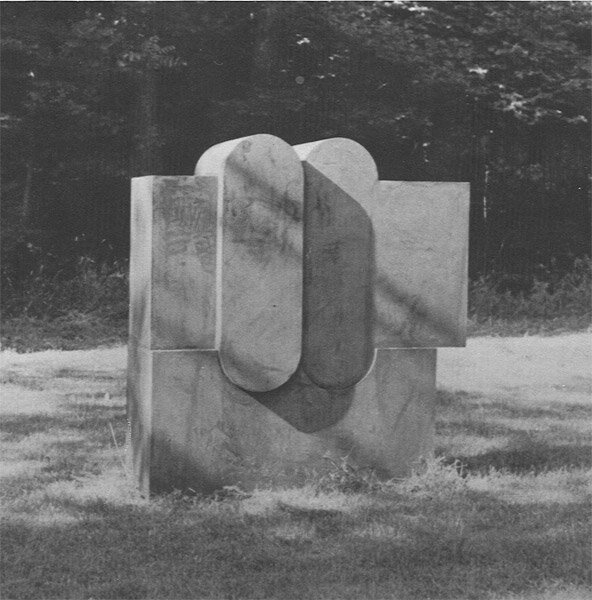
-
Explosion, Wirz Tobias, expo 1980

-
Weiblicher Toso, Aeschbacher Hans, expo 1980
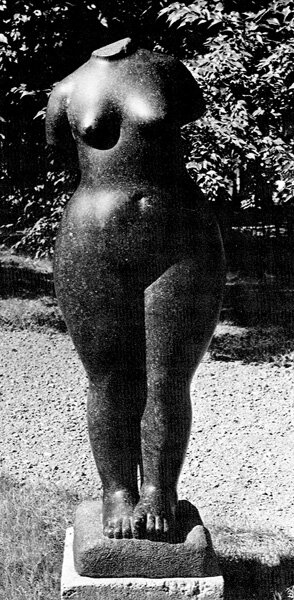
-
see, Weber Willy, expo 1980
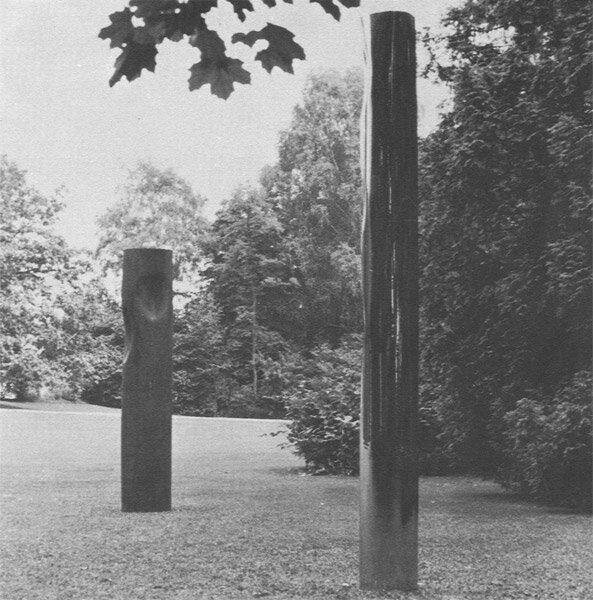
-
Quebec, Ischi Pierre, expo 1980
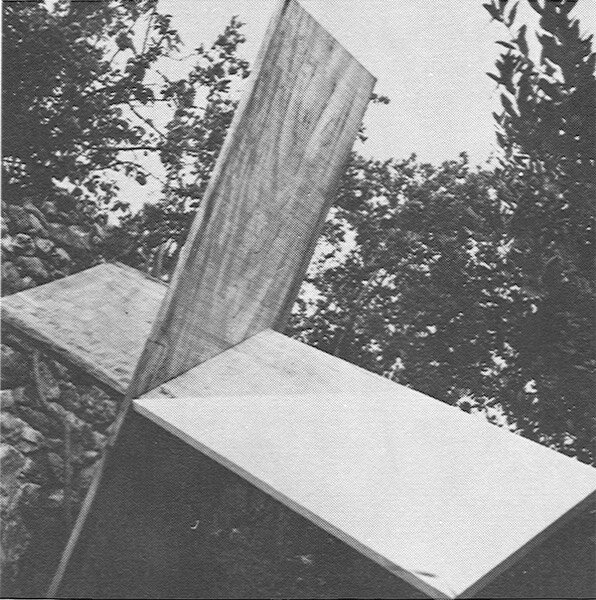
-
Accumulation no 792, Delieutraz Edouard, expo 1980
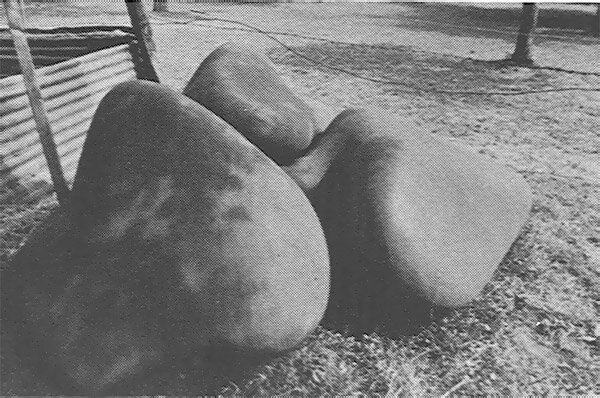
-
Borg, Bucher Heidi, expo 1980
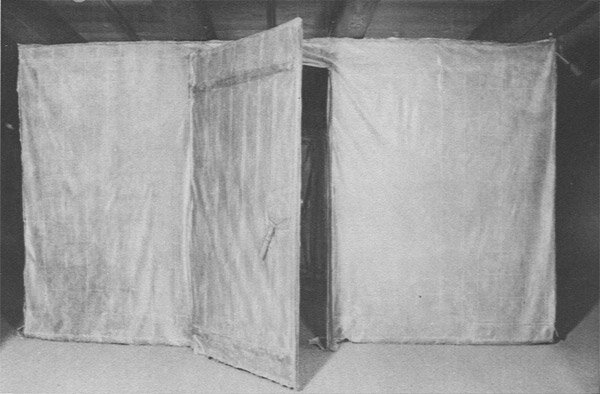
-
Projet Bienne II 1980, Huber Hans Rudolf, expo 1980
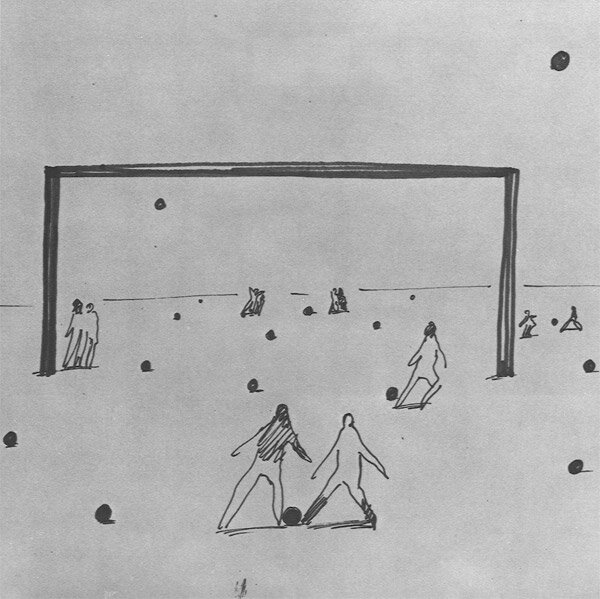
-
Les 12 signes du zodiaque, Aeppli Eva, expo 1980
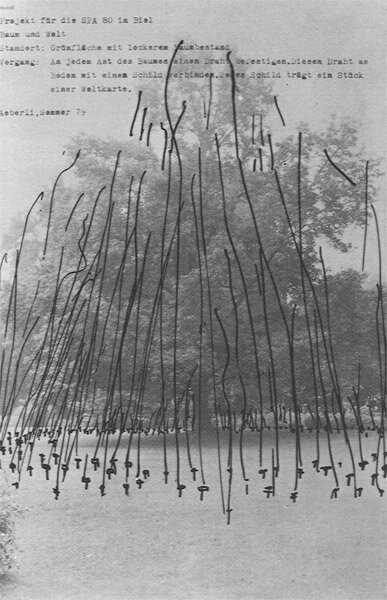
-
Wiesenfloss (Projektskizze), Stocker Norbert, expo 1980
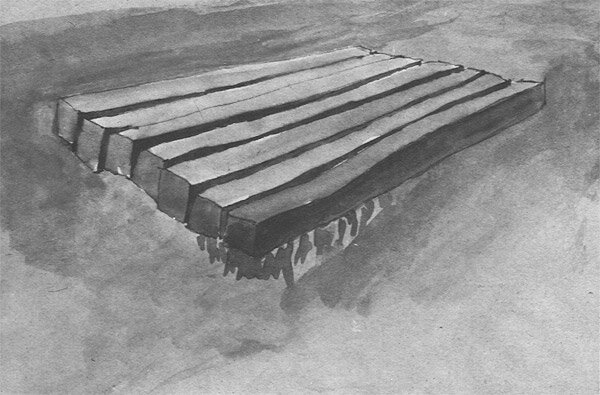
-
Figur I, Aeschbacher Hans, expo 1980
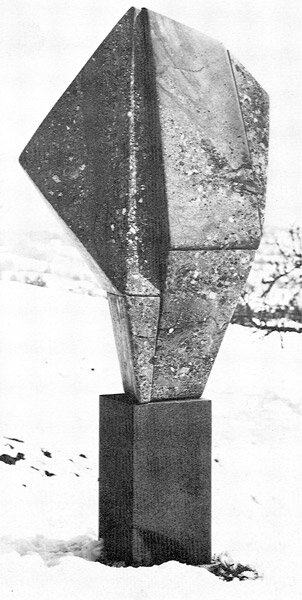
-
Biel Luminis, Fucktory Biel, expo 1980
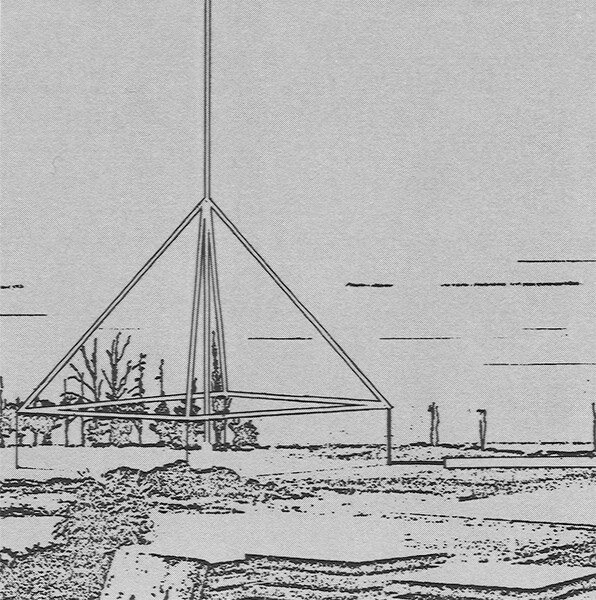
-
2 Trees, Gruber-Stieger Jaqueline, expo 1980
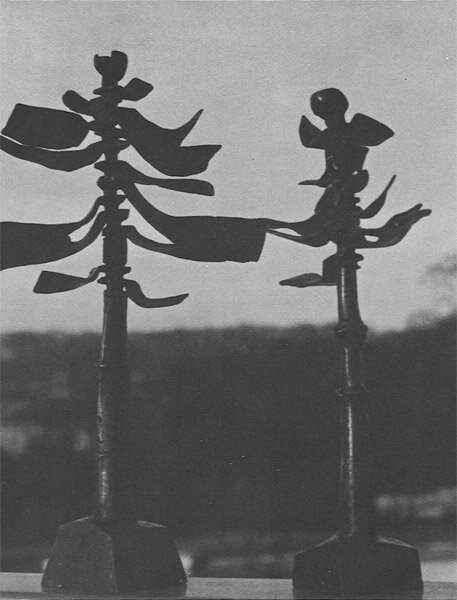
-
Standortbestimmung, Brand Heinz, expo 1980
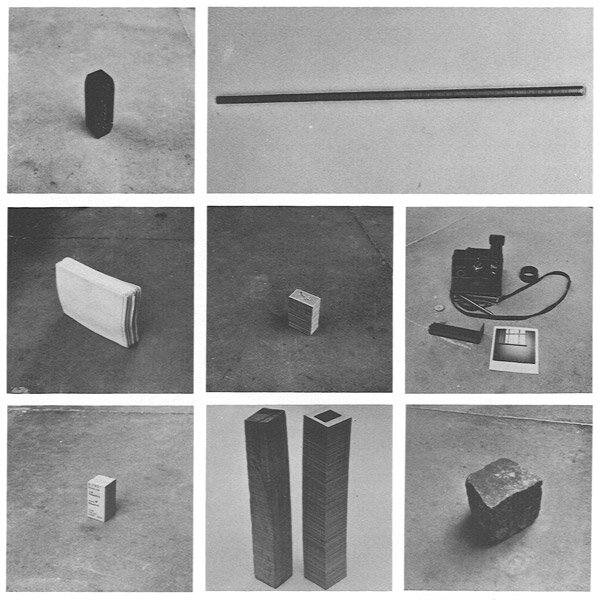
-
Objekt I, Streiff Matthias, expo 1980
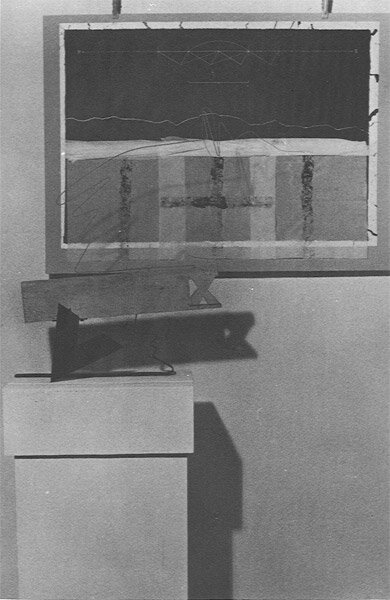
-
Ohne Titel, Blättler Rudolf, expo 1980
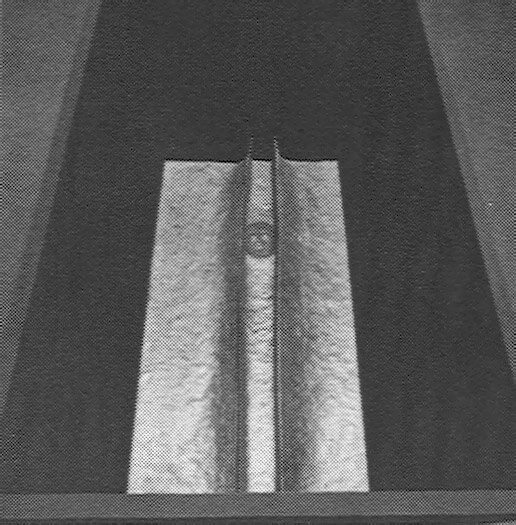
-
Schlafwandler, Pfenninger Kaspar, expo 1980
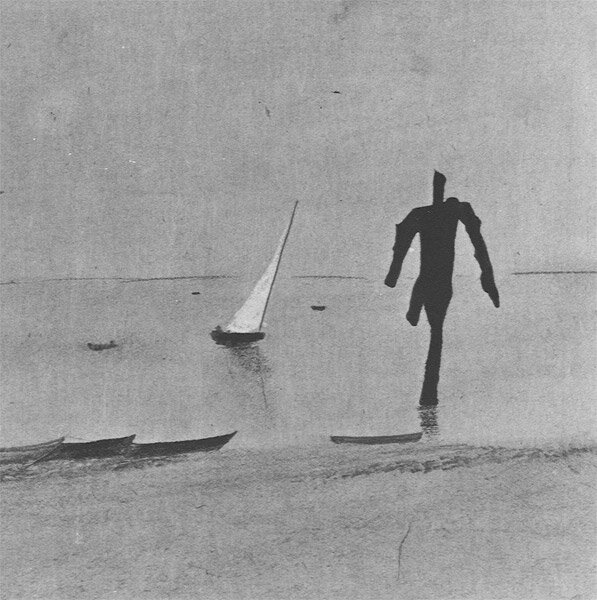
-
Projet Dimension Uniques, Transmutation Forme et Terre, Camesi Gianfredo, expo 1980
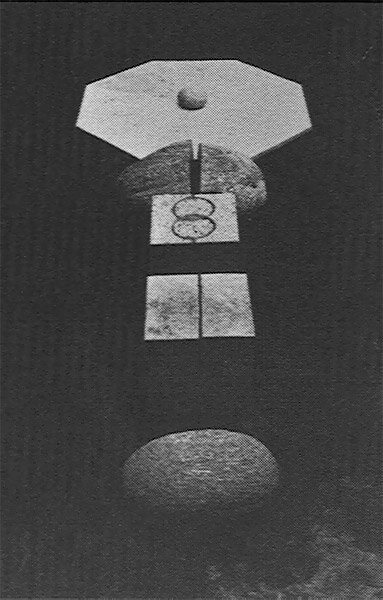
-
Gruppenbild, Engel Michel, expo 1980
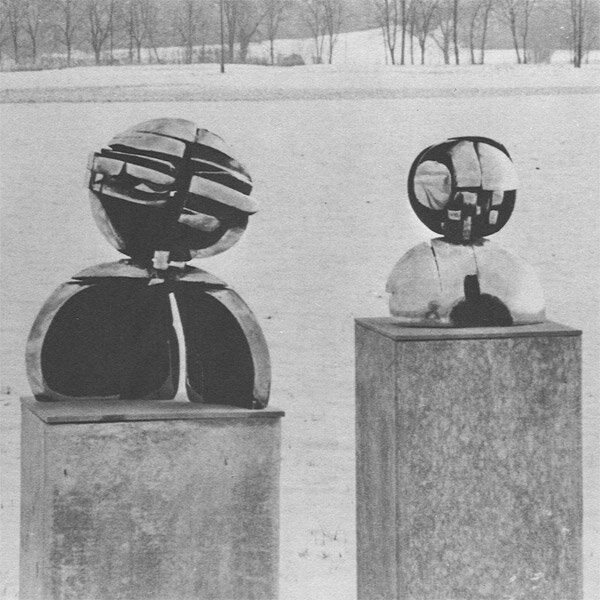
-
Rostiges Eisen um Farbkreuz, Bürkler David, expo 1980
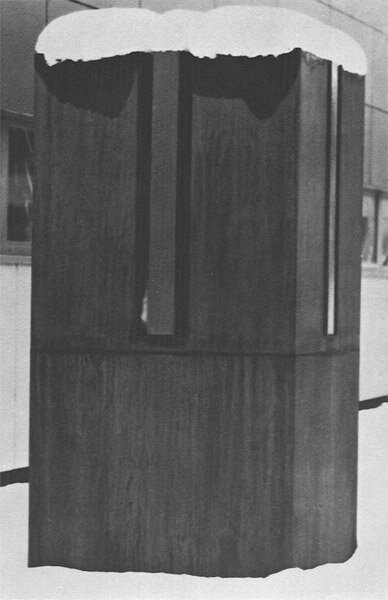
-
Kopf aus Hauterive, Kunz Peter, expo 1980

-
Euphorium, Kocher Lis, expo 1980
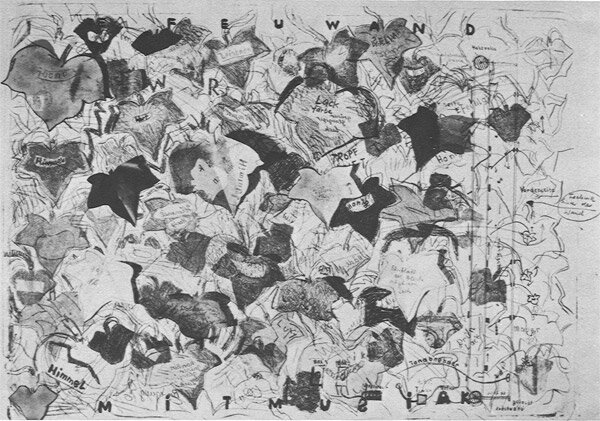
-
Zentrum, Büchi René, expo 1980
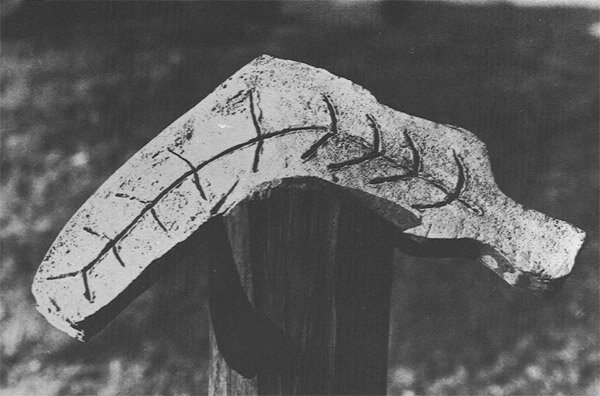
-
Licht/Schatten Objekte, Nyffenegger Samuel, expo 1980

-
Schwebendes Ringpendel, Witschi Werner, expo 1980
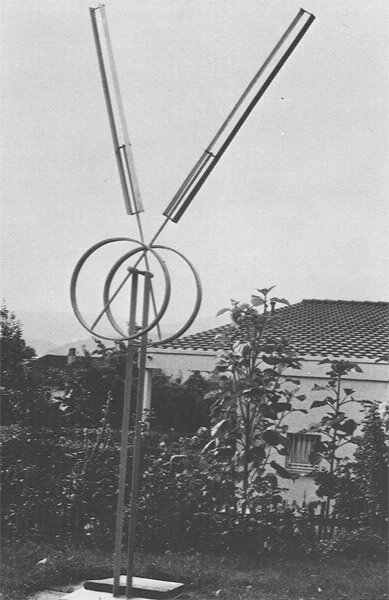
-
Kleines Bronzerelief VI – 1976, Rehmann Erwin, expo 1980
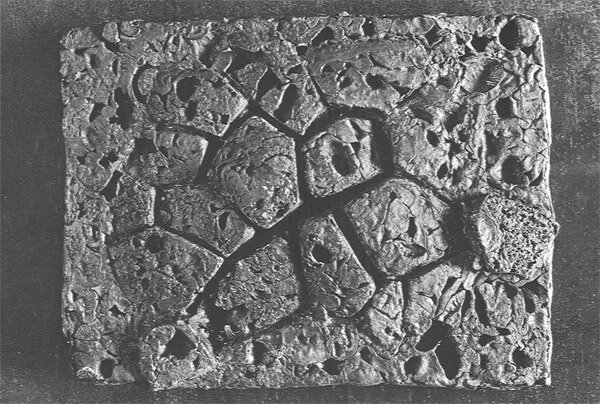
-
Traktor und div. Materialien, Tinguely Jean, expo 1980
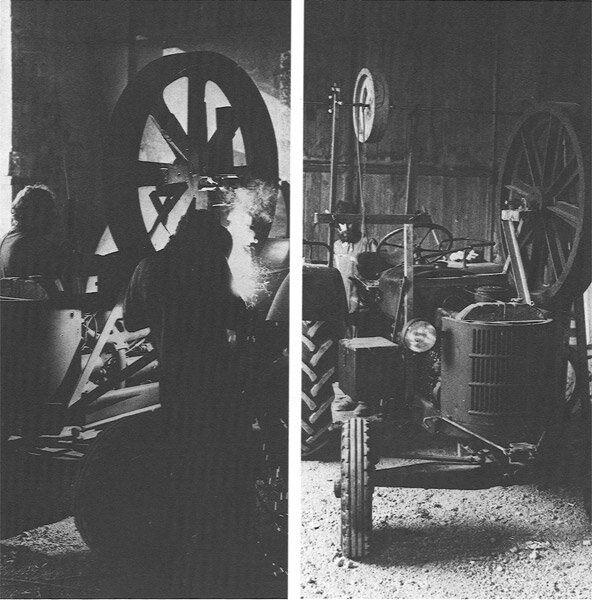
-
Figur II, Aeschbacher Hans, expo 1980
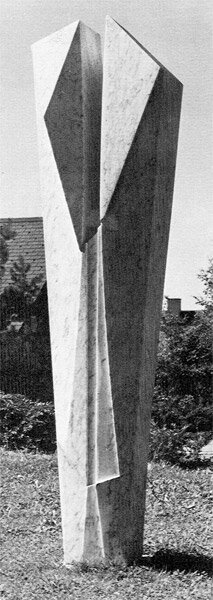
-
Drei Obeliske aus dem Pentagondodekaëder, Storrer Peter, expo 1980
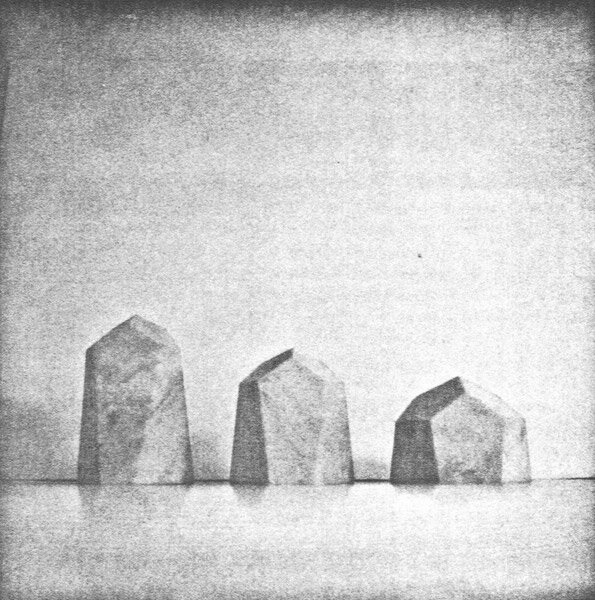
-
Kunstauktion im Marzilibad Bern, Jordi Ernst Kretz Walter Schneider Jimmy Fred Vögeli Walter Suter Urs, expo 1980
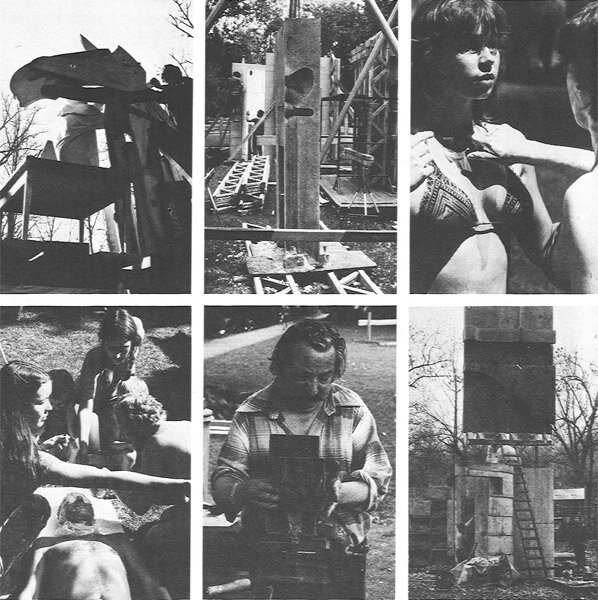
-
Windrad Esche, Küng René, expo 1980
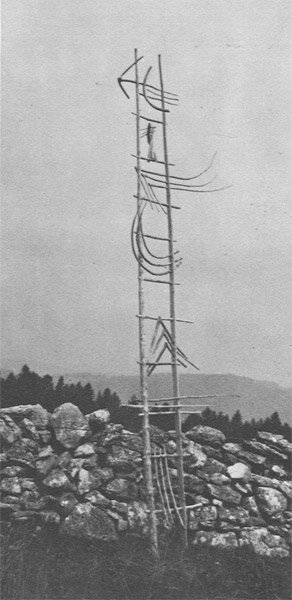
-
Raumplastik, Mattioli Silvio, expo 1980
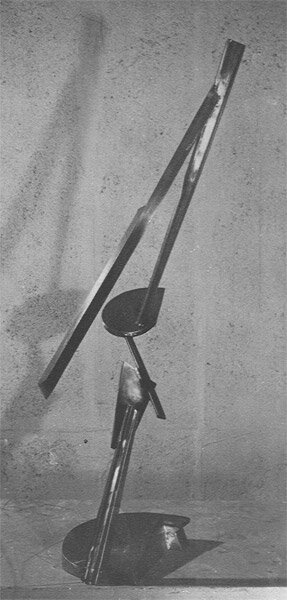
-
Grosse Mondleiter, Küng René, expo 1980
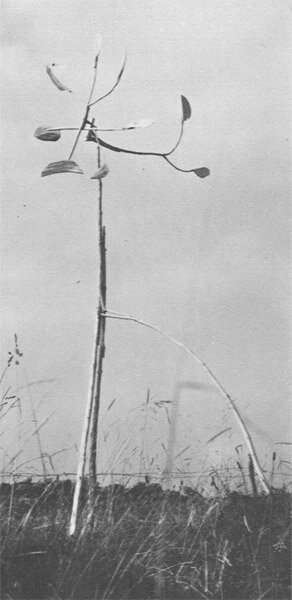
-
Mère et enfant, Ferrario Aldo, expo 1980
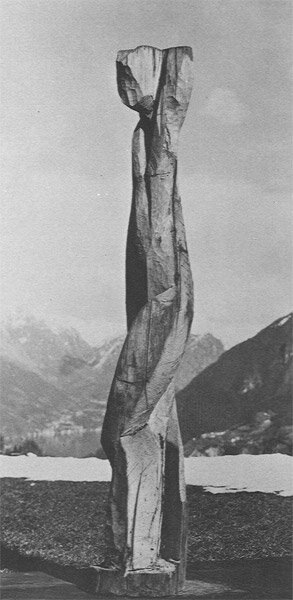
-
Objekt in der Schüss, Signer Roman, expo 1980
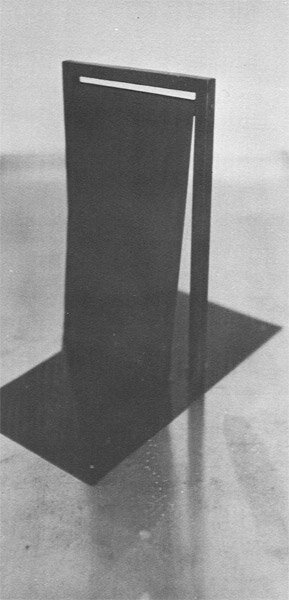
-
Eisenplastik geschmiedet, Odermatt Josef Maria, expo 1980
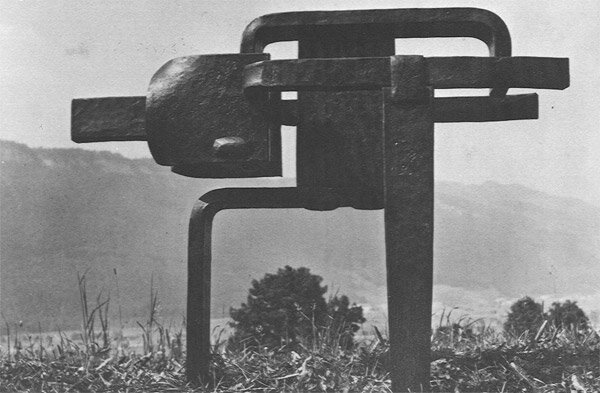
-
Wandplastik, Mattioli Silvio, expo 1980
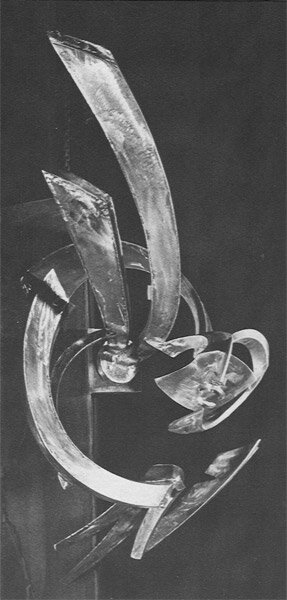
-
Béatrice, Schwarz Heinz, expo 1980
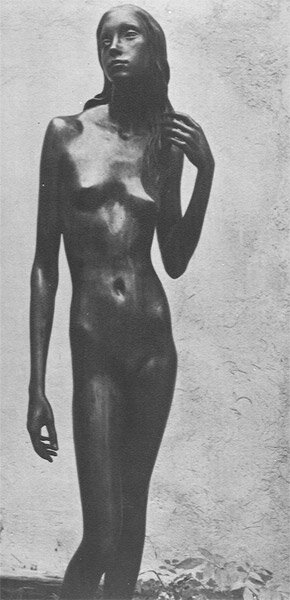
-
Der Rezipient als Bestandteil, Eberle Urs, expo 1980

-
Weibliches Idol, Aeschbacher Hans, expo 1980
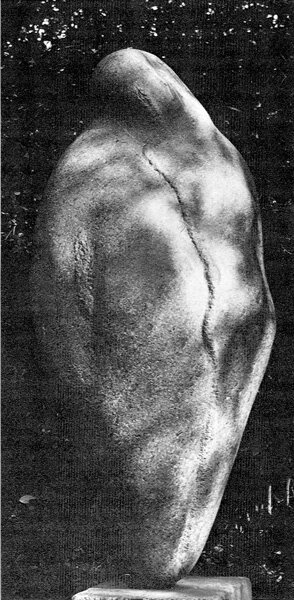
-
Ferienlandschaft, Buchli Rudolf, expo 1980
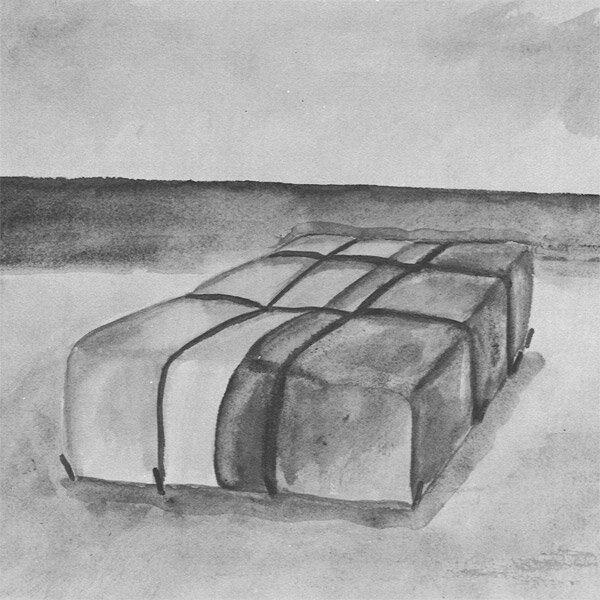
-
Phönix, Moser René, expo 1980
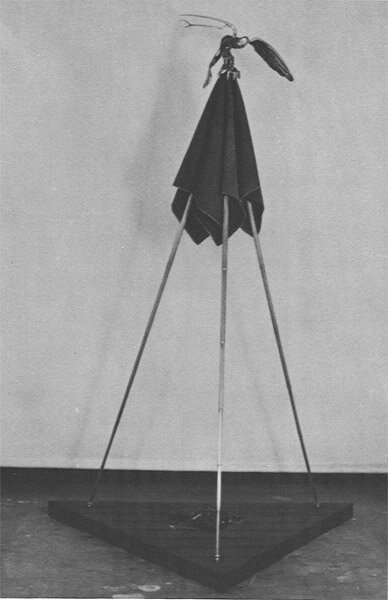
-
Zusammenarbeit Urs Suter, Vögeli Walter, expo 1980
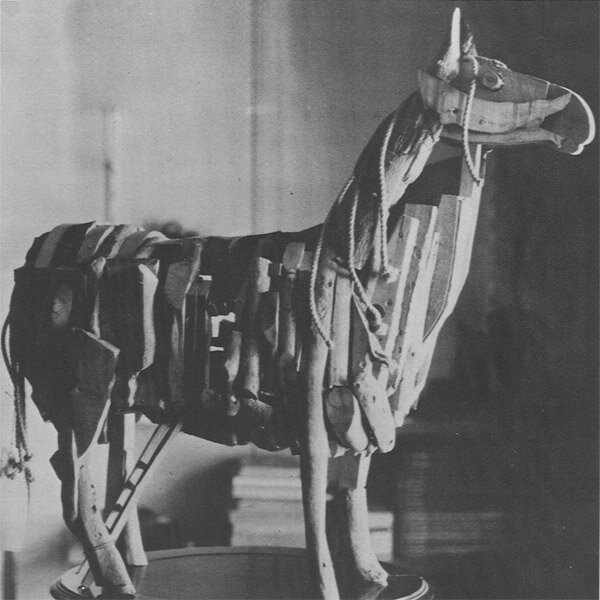
-
Figur I, Wimpheimer Willy, expo 1980
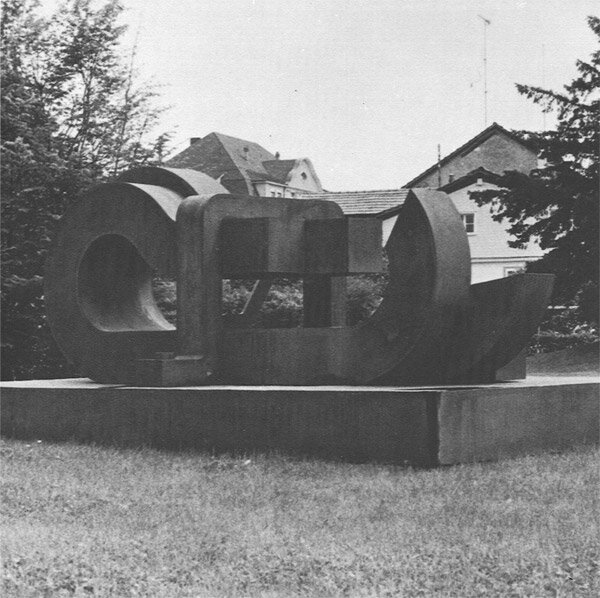
-
Kelch symmetrisch, Schneider Jimmy Fred, expo 1980
